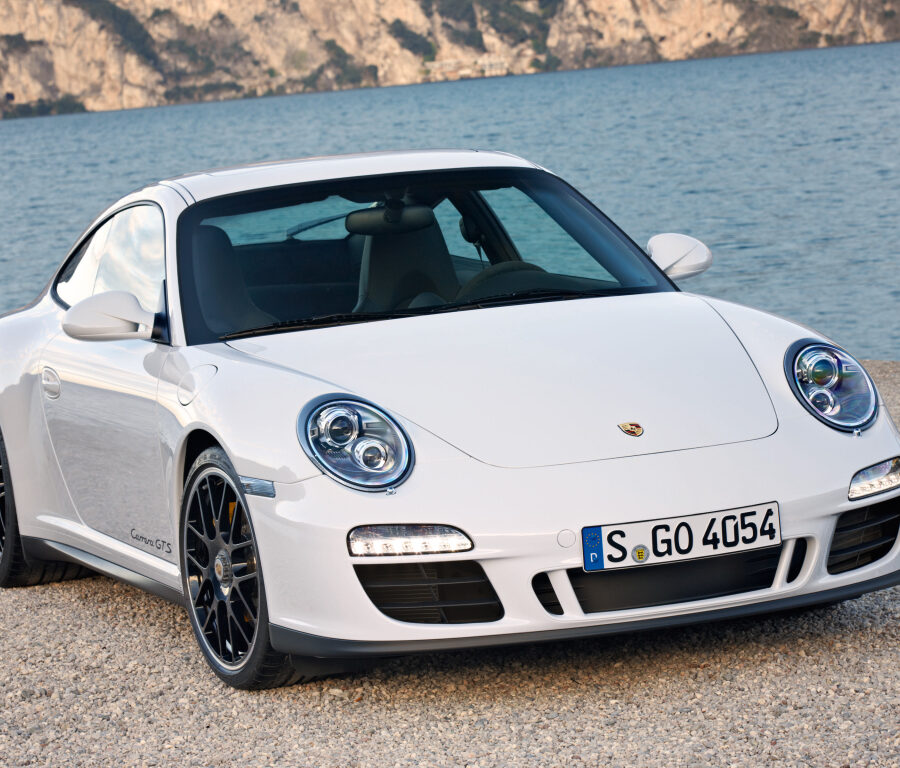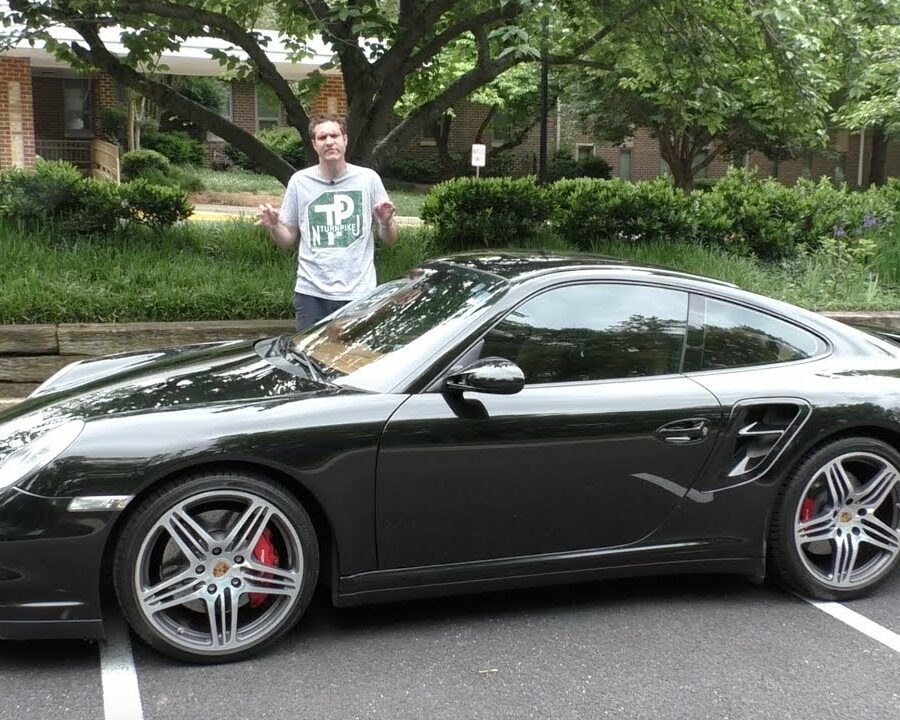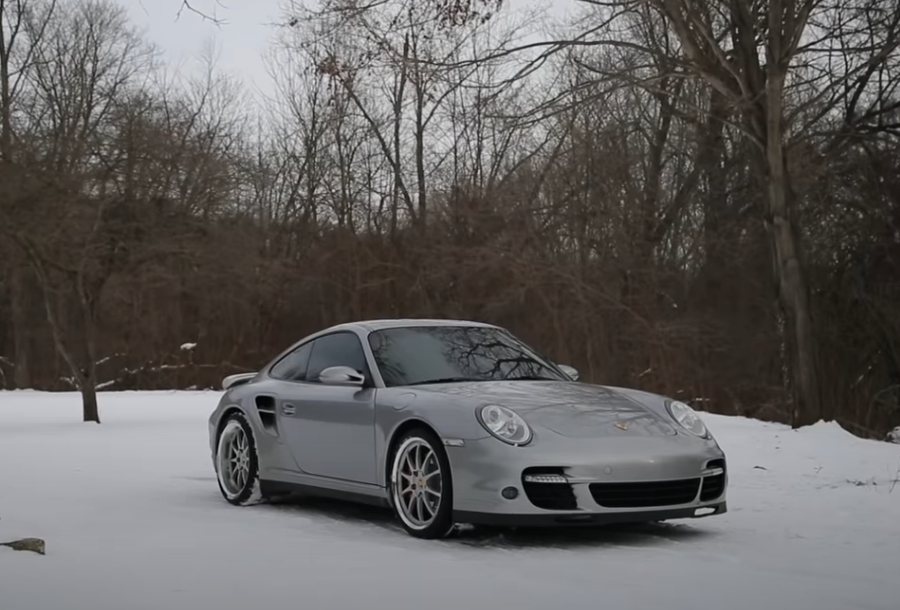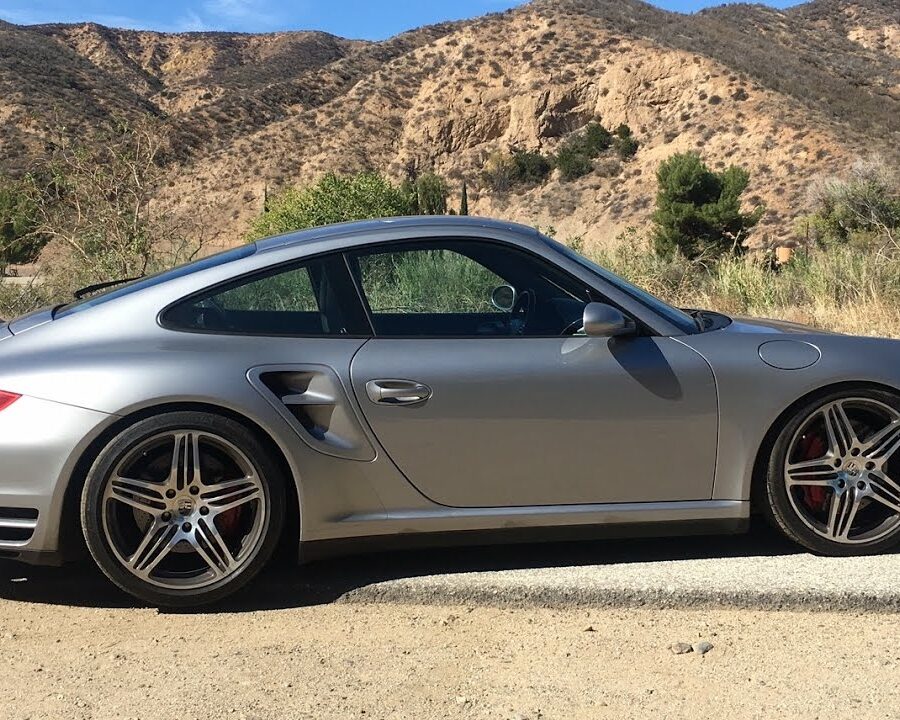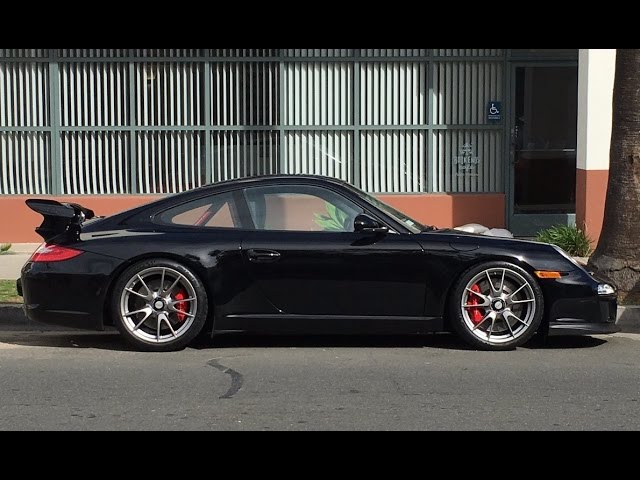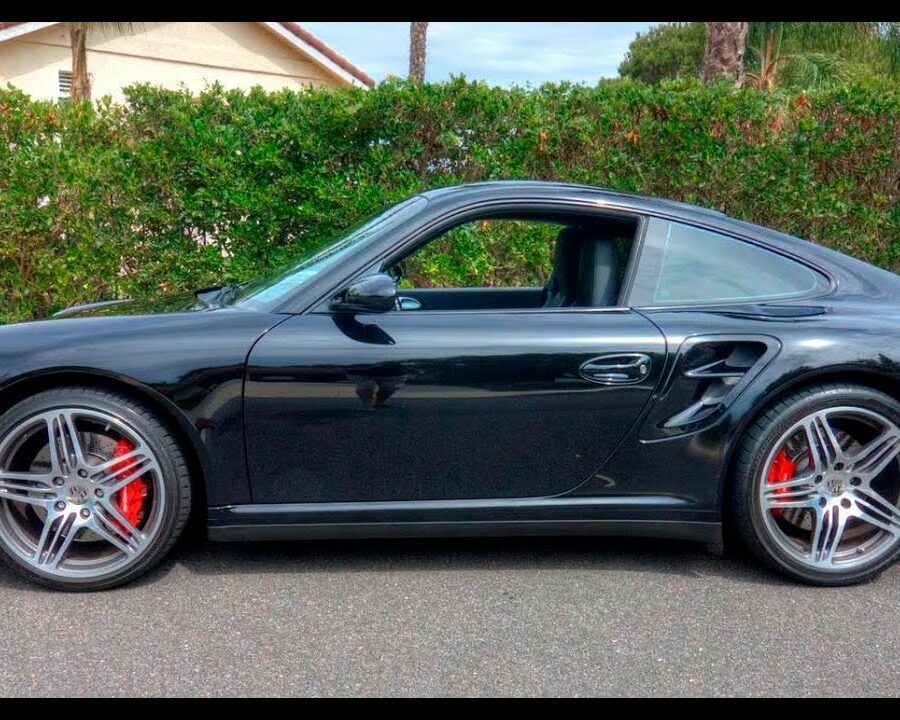Porsche 911 (997) – The Story
The perfect balance between fantastic sports car and comfortable daily driving
Porsche 911 997.2 (2009 – 2012) – Service Schedule (GT3 / GT RS)
911 GT3 & 911 GT3 RS (3.8 / 4.0)
Porsche 911 997.1 (2006 – 2009) – Service Schedule (GT3 / GT3 RS)
911 GT3 & 911 GT3 RS
Porsche 911 997.1 (2005 – 2007) – Service Schedule
Carrera, Carrera S, Carrera 4, Carrera 4S, Turbo
Porsche 911 997.1 (2008) – Service Schedule
Carrera, Carrera S, Carrera 4, Carrera 4S, Turbo
Porsche 911 997.2 (2009 – 2012) – Service Schedule
Porsche 911 (997.2) Carrera, Carrera S, Carrera 4, Carrera 4S
Porsche 911 997 (MY2005 – 2012) – Sales Brochures
Sales Catalogs for the Type 997 Porsche 911
Porsche 911 997 (MY2005 – 2012) – Part Catalog
Spare Parts Catalog (Porsche PET) for the Type 997 Porsche 911
Porsche 911 (MY 2012) – Equipment & Options Codes
Full list of Equipment & Option Codes Decoder for the 2012 Porsche 911
Porsche 911 (MY 2011) – Equipment & Options Codes
Full list of Equipment & Option Codes Decoder for the 2011 Porsche 911
Porsche 911 (MY 2010) – Equipment & Options Codes
Full list of Equipment & Option Codes Decoder for the 2010 Porsche 911
Porsche 911 (MY 2009) (Type 997.2) – Equipment & Options Codes
Full list of Equipment & Option Codes Decoder for the 2009 Porsche 911
Porsche 911 (MY 2009) – Equipment & Options Codes
Full list of Equipment & Option Codes Decoder for the 2009 Porsche 911
Porsche 911 (MY 2008) – Equipment & Options Codes
Full list of Equipment & Option Codes Decoder for the 2008 Porsche 911
Porsche 911 (MY 2007) – Equipment & Options Codes
Full list of Equipment & Option Codes Decoder for the 2007 Porsche 911
Porsche 911 (MY 2006) – Equipment & Options Codes
Full list of Equipment & Option Codes Decoder for the 2006 Porsche 911
Porsche 911 (MY 2005) (Type 997.1) – Equipment & Options Codes
Full list of Equipment & Option Codes Decoder for the 2005 Porsche 911
Porsche 911 Turbo S “Edition 918 Spyder” (997.2) (2012)
Inspired by the 918 Spyder
Porsche 911 Turbo S 10 Year Anniversary Edition (997.2) (2011)
Limited edition model to celebrate an active decade in the Chinese market
Porsche 911 Carrera GTS Cabriolet (997) (2011 – 2012)
The Sweetest Open Top 911 In the 997 Era
Porsche 911 Carrera GTS Coupe (997) (2011 – 2012)
It's faster, more powerful and better looking than any other model in the Carrera family.


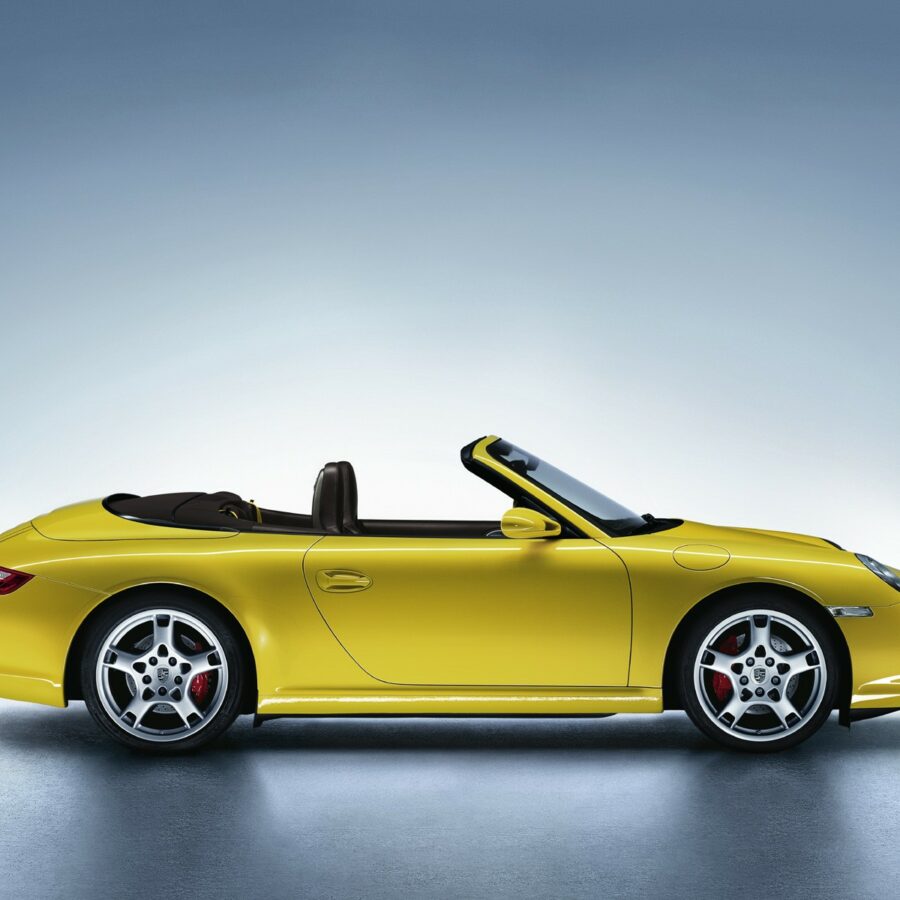
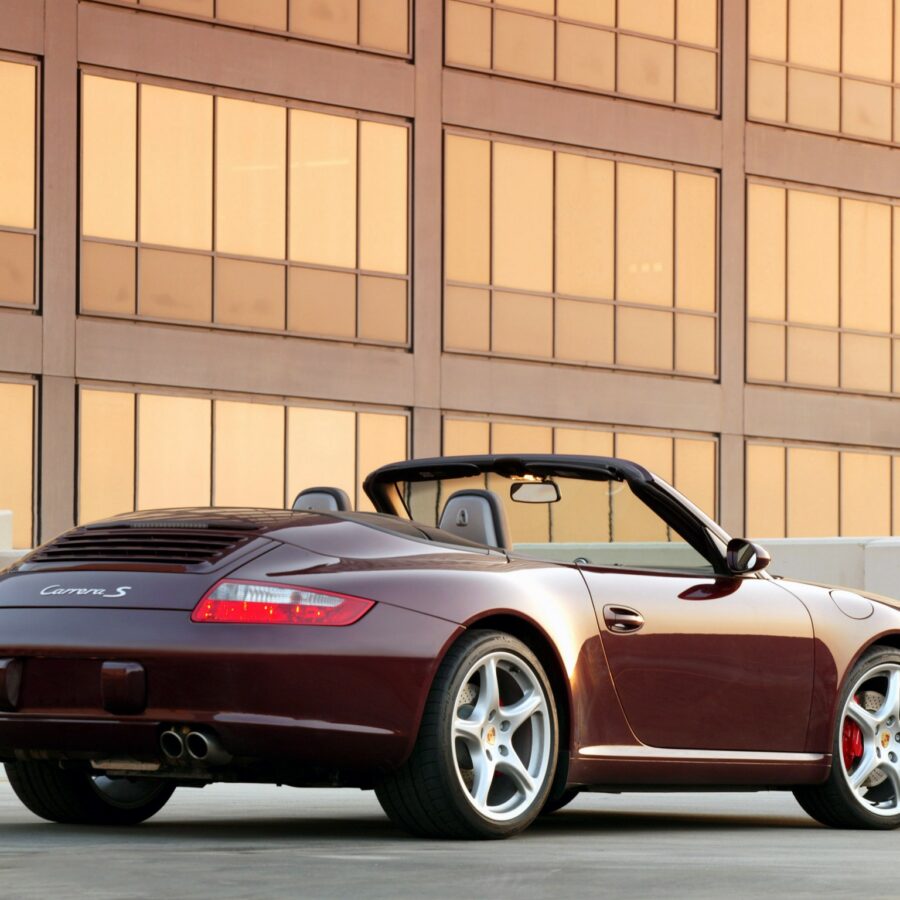

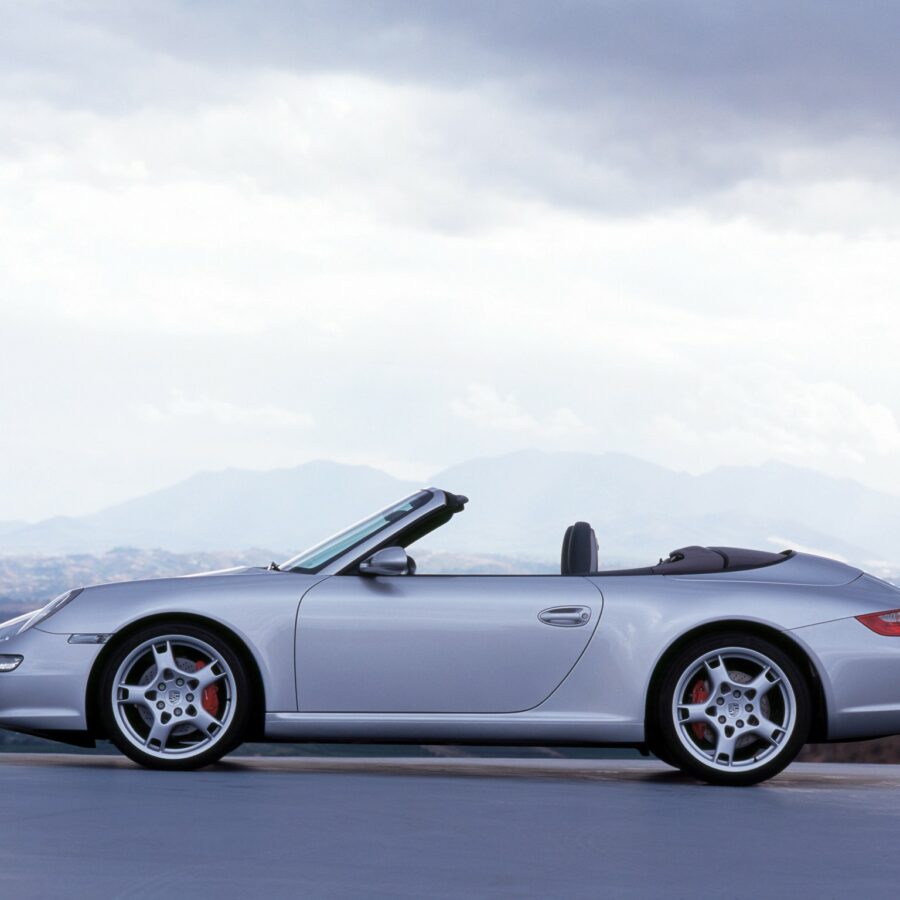
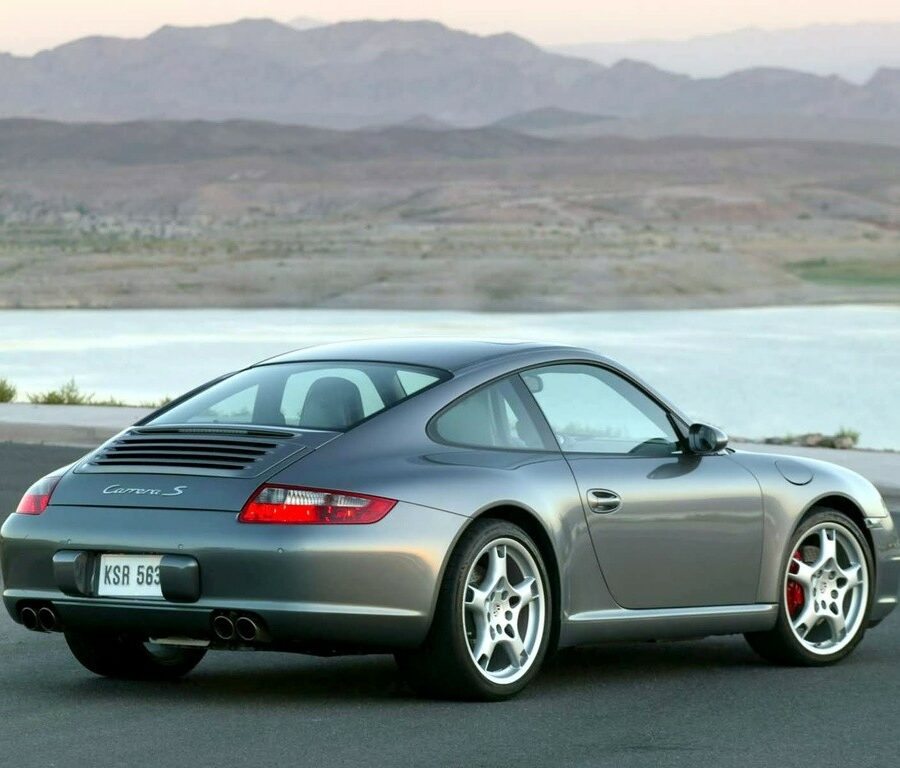

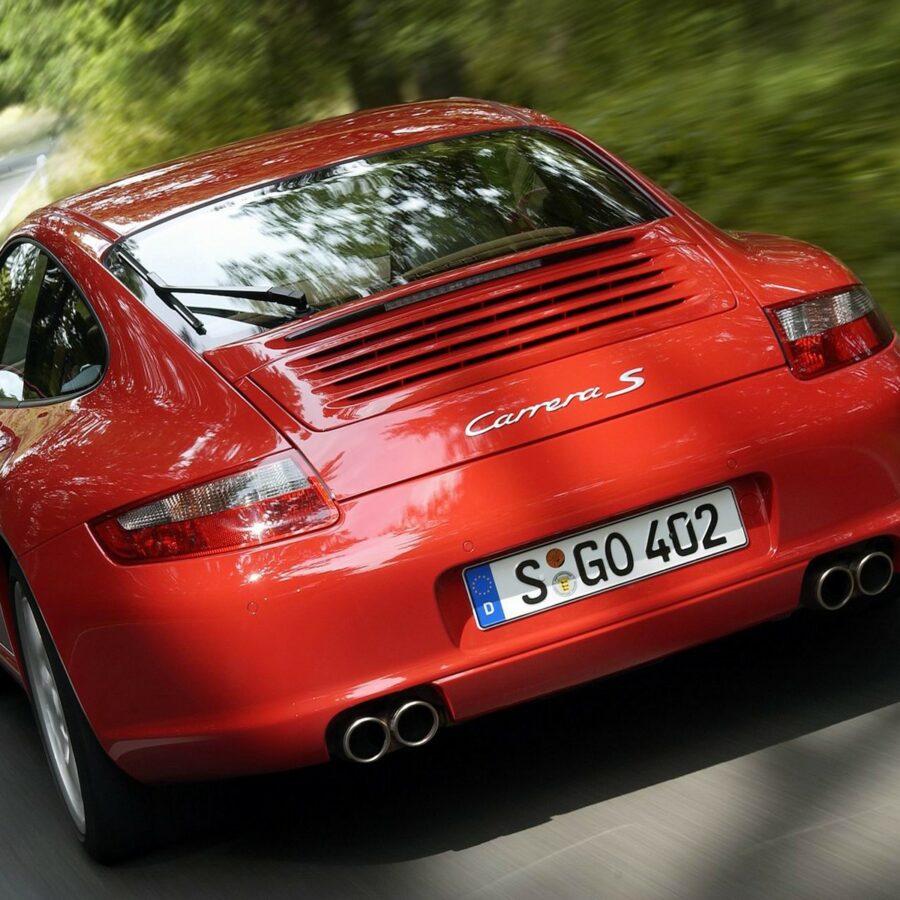
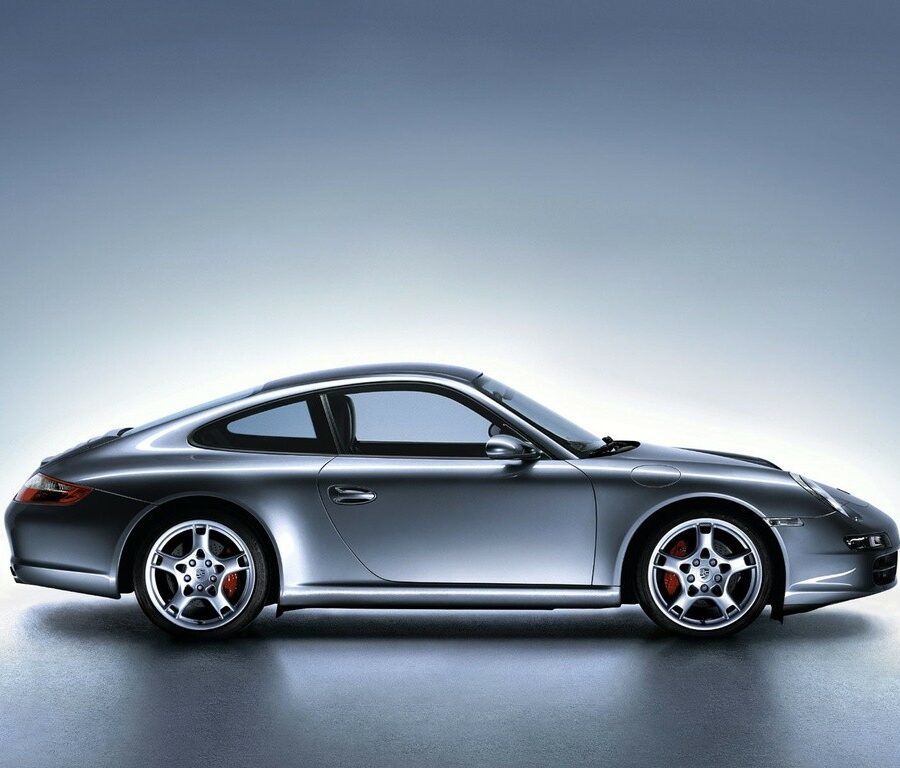

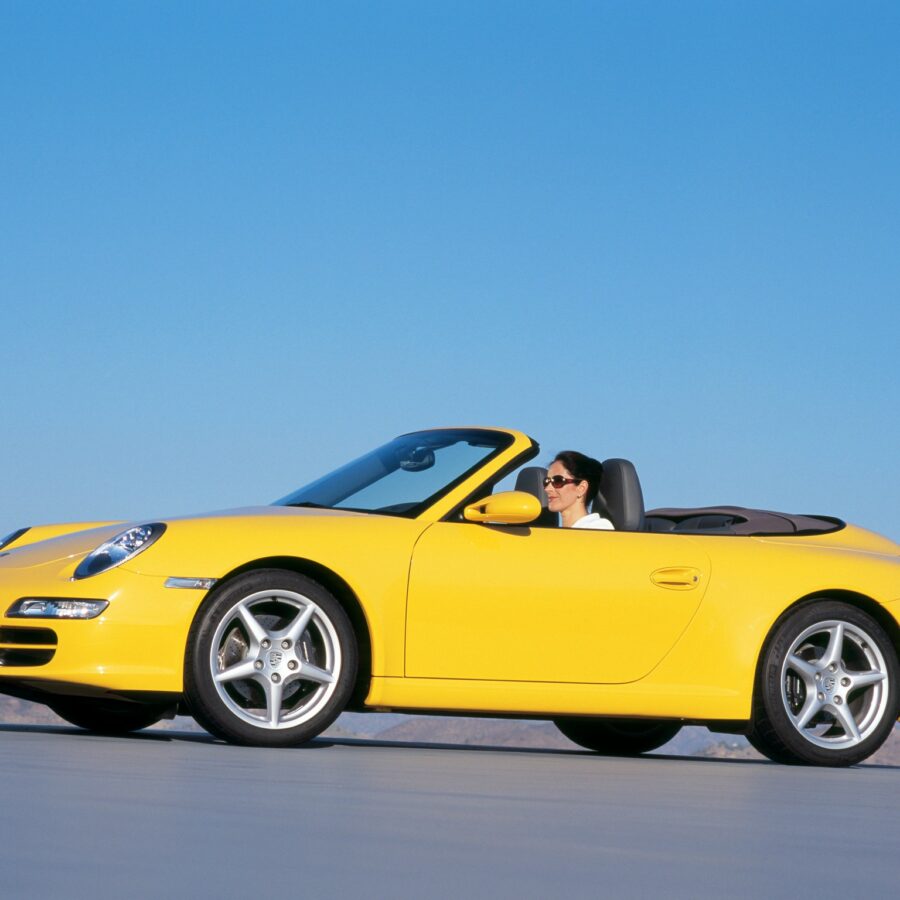
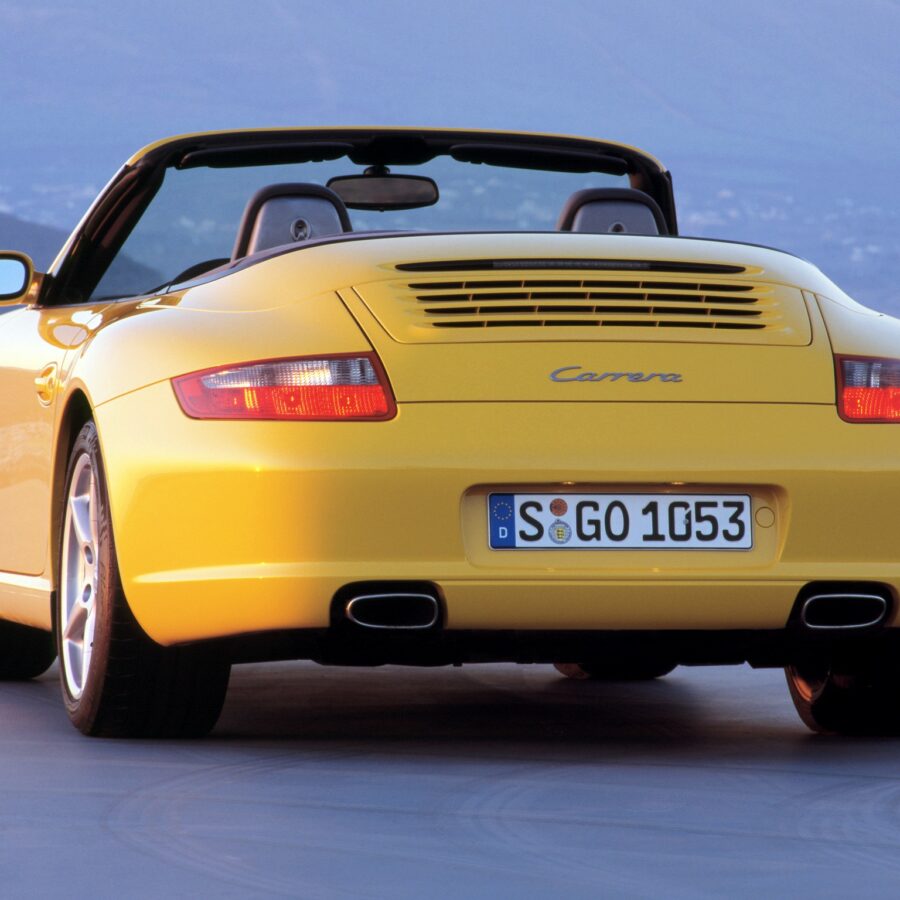
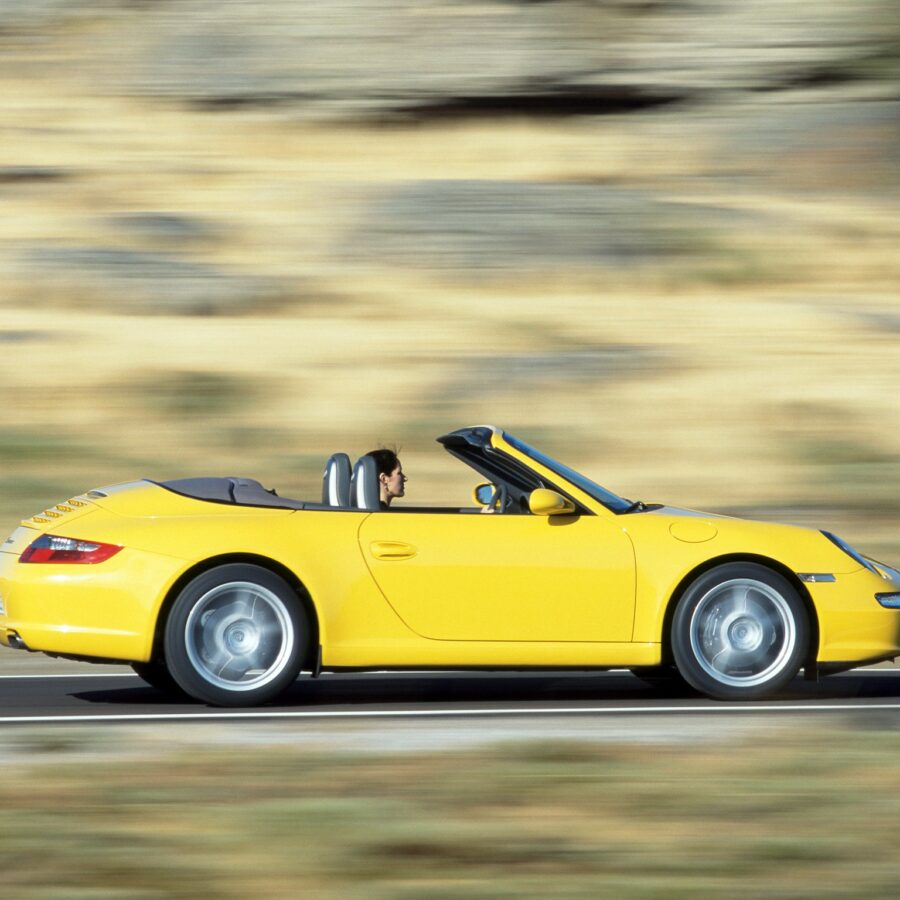
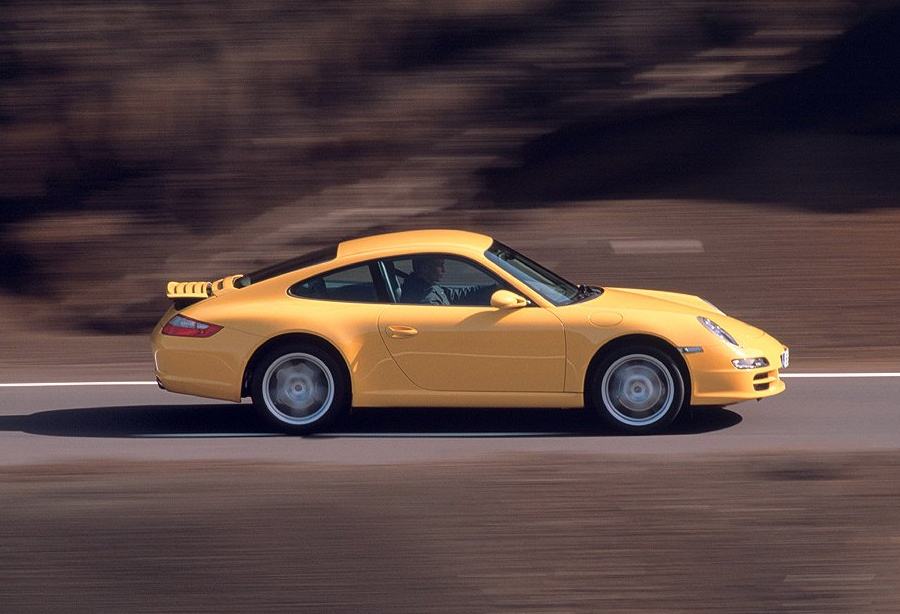
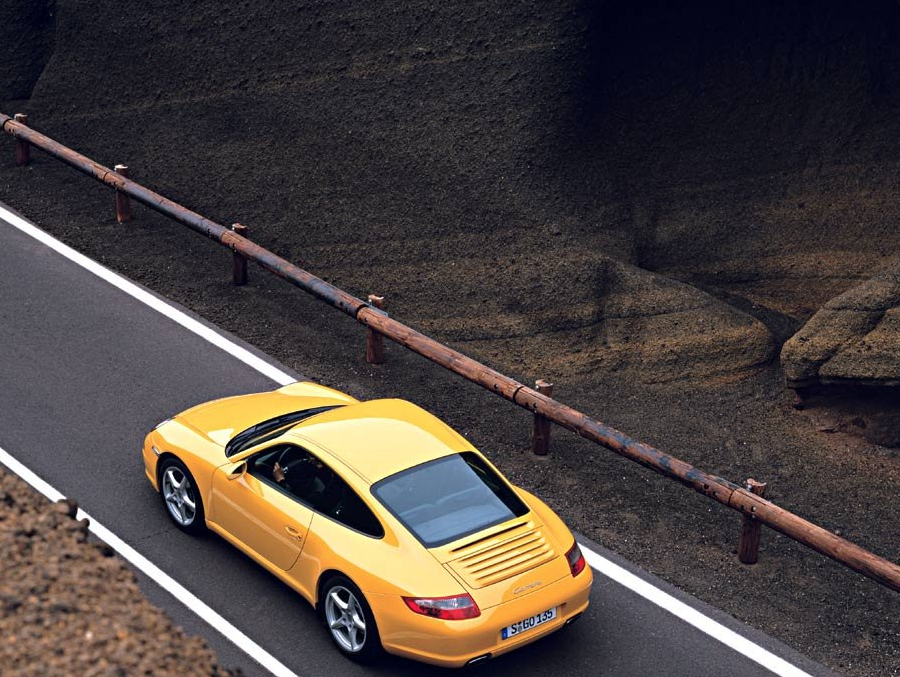
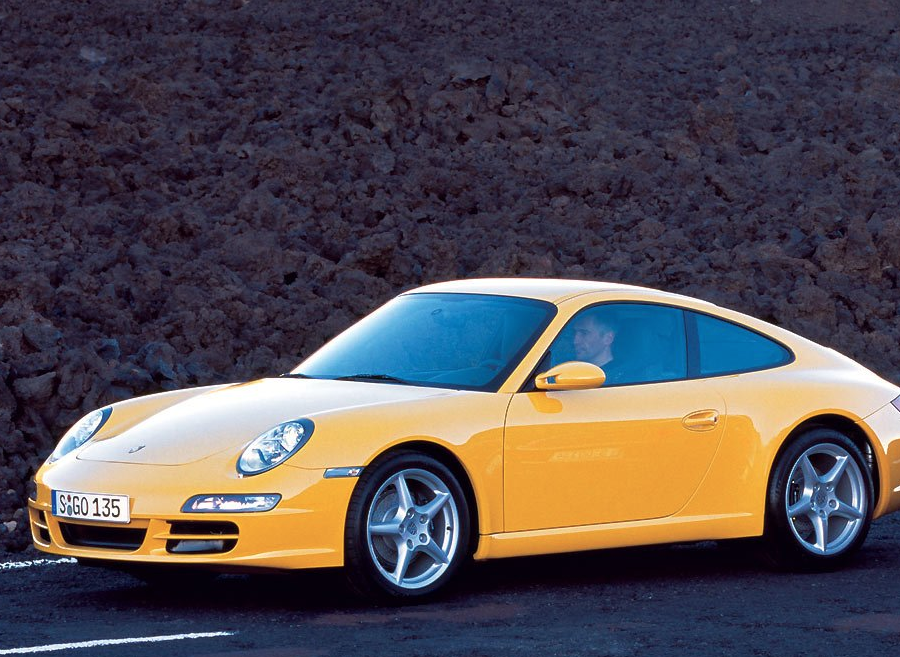
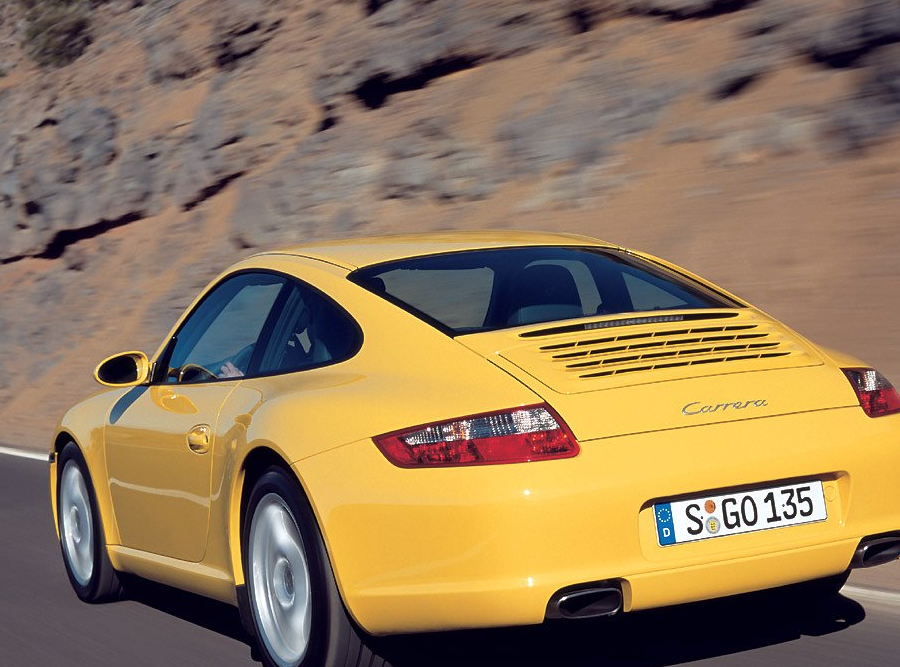
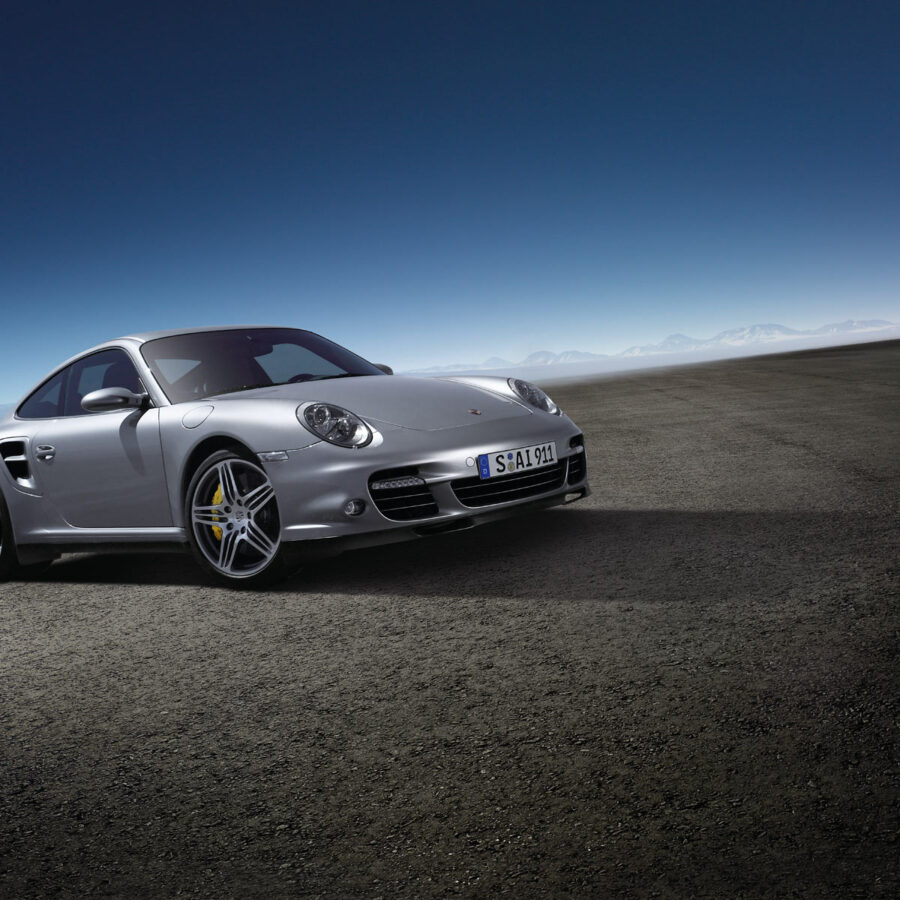
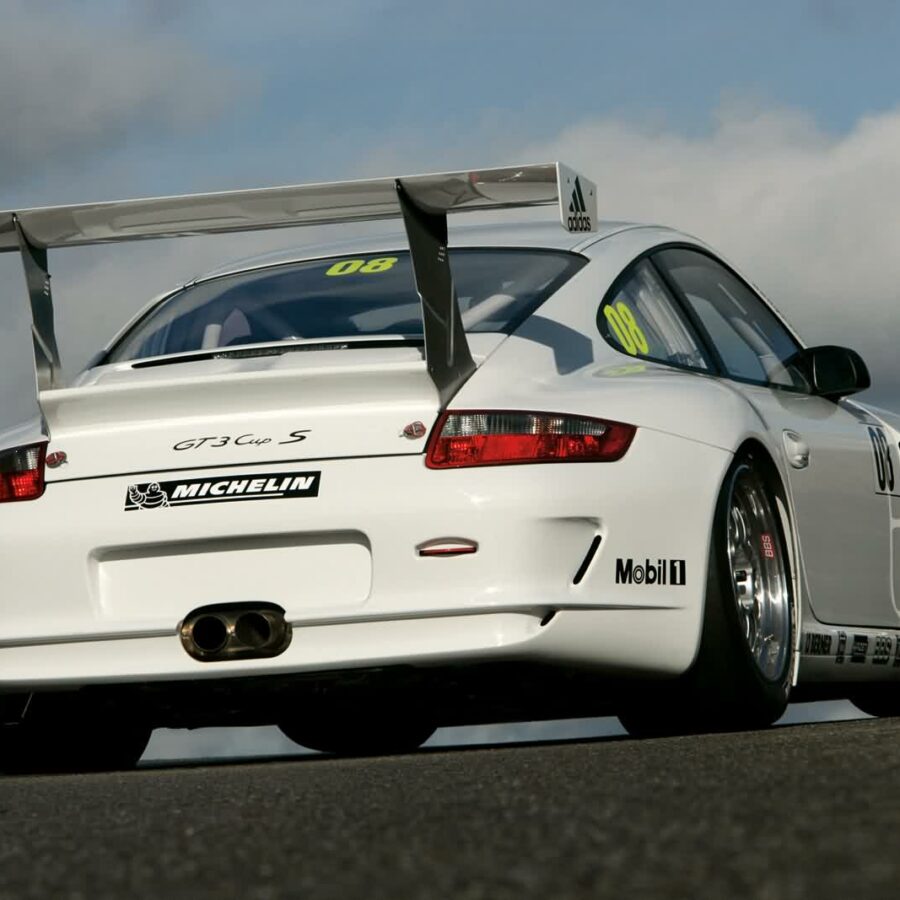
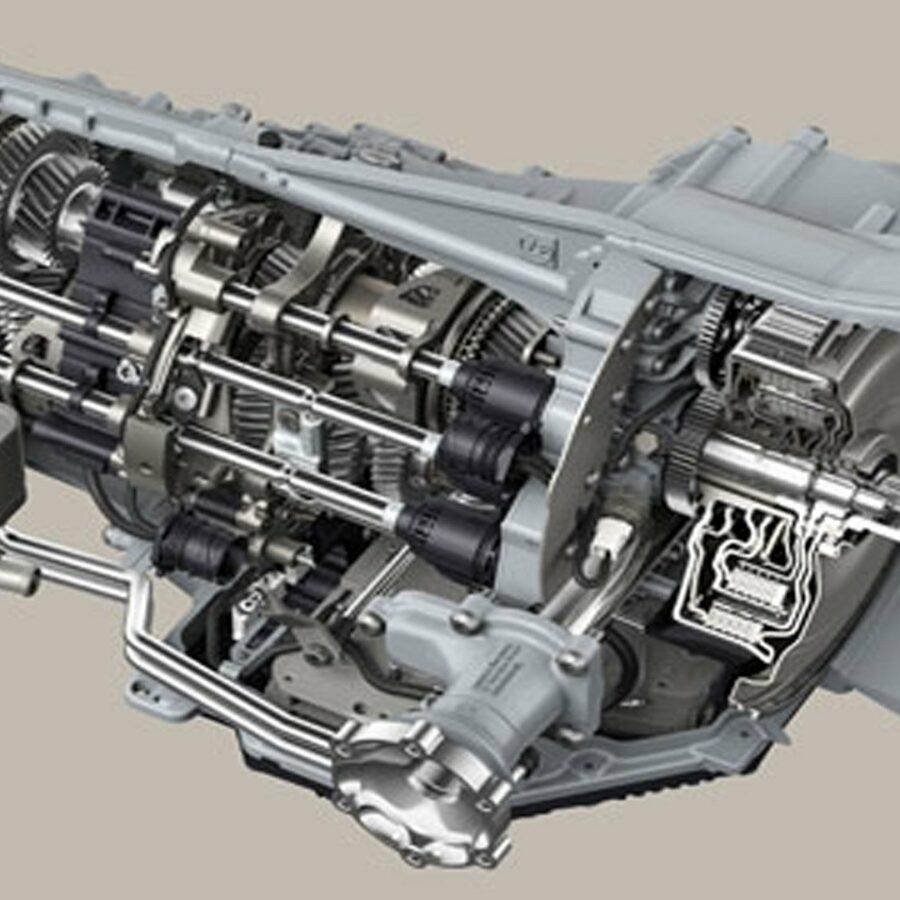
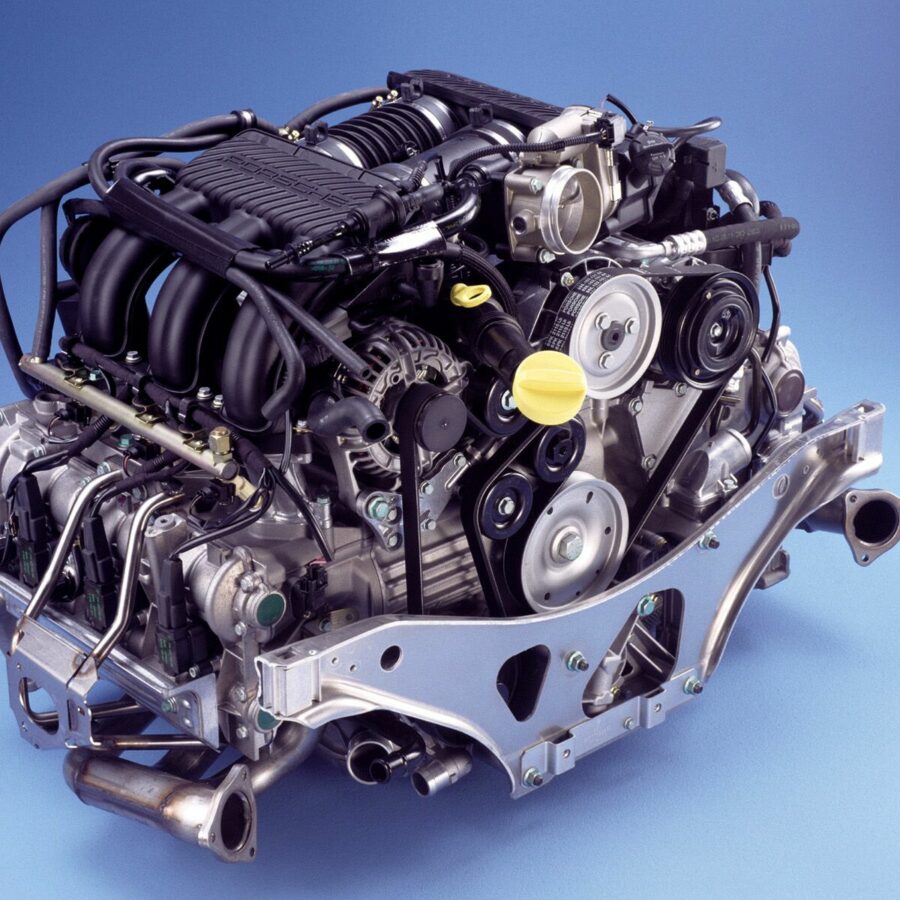
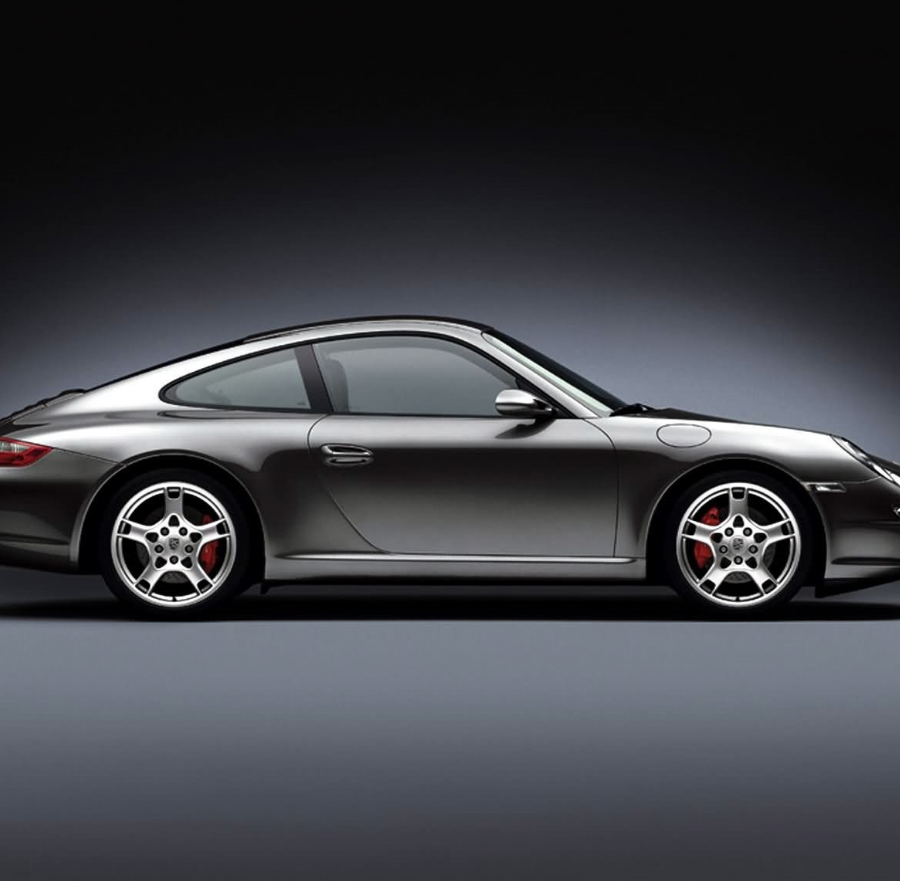
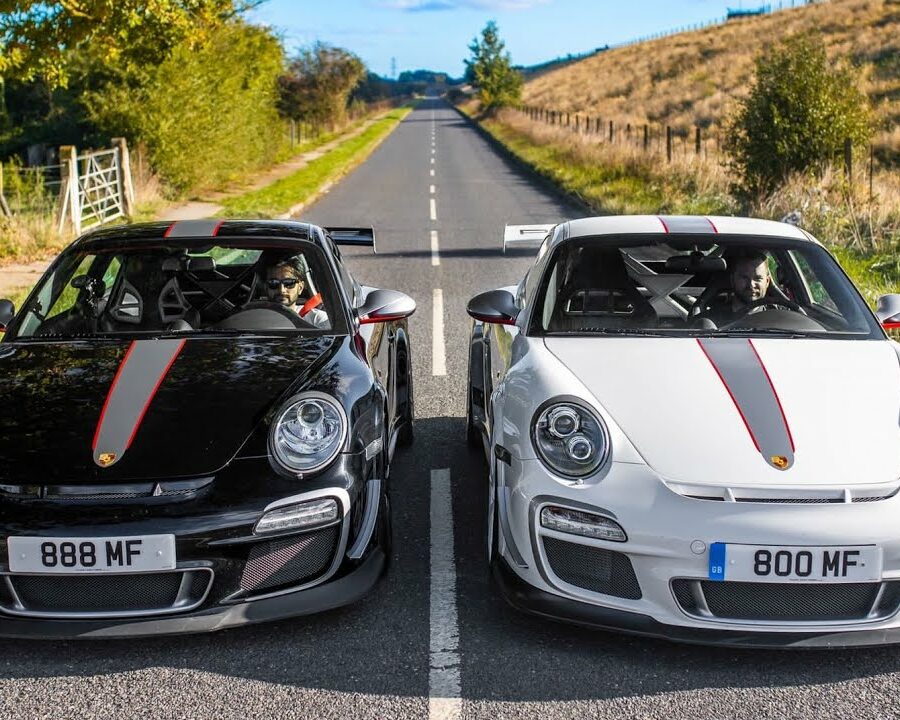


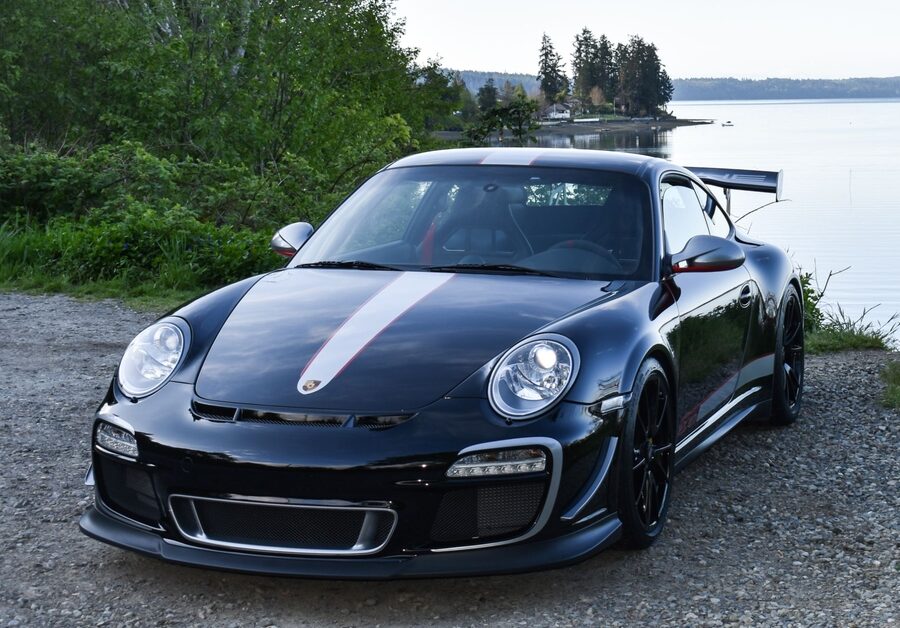
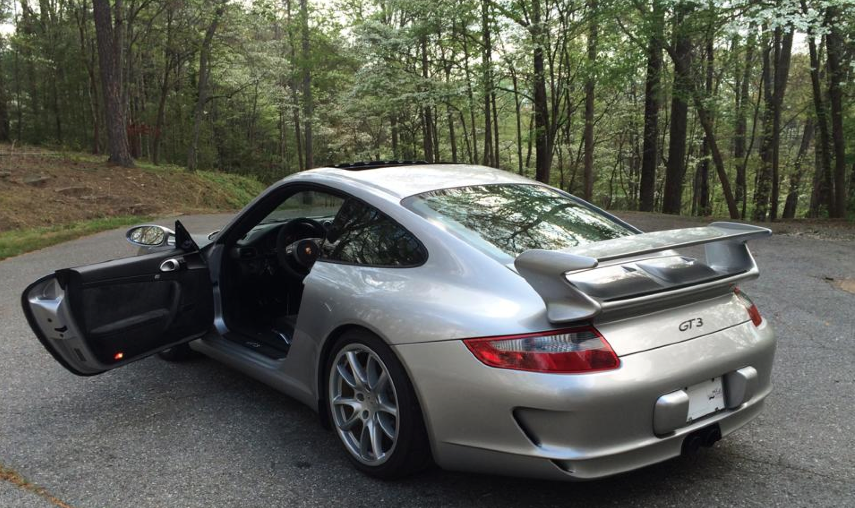

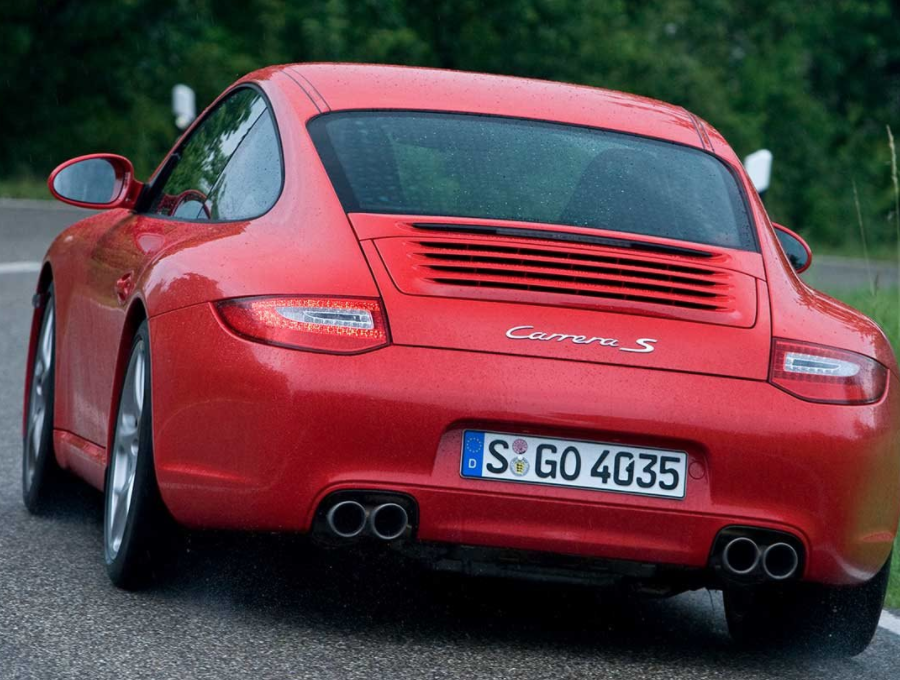
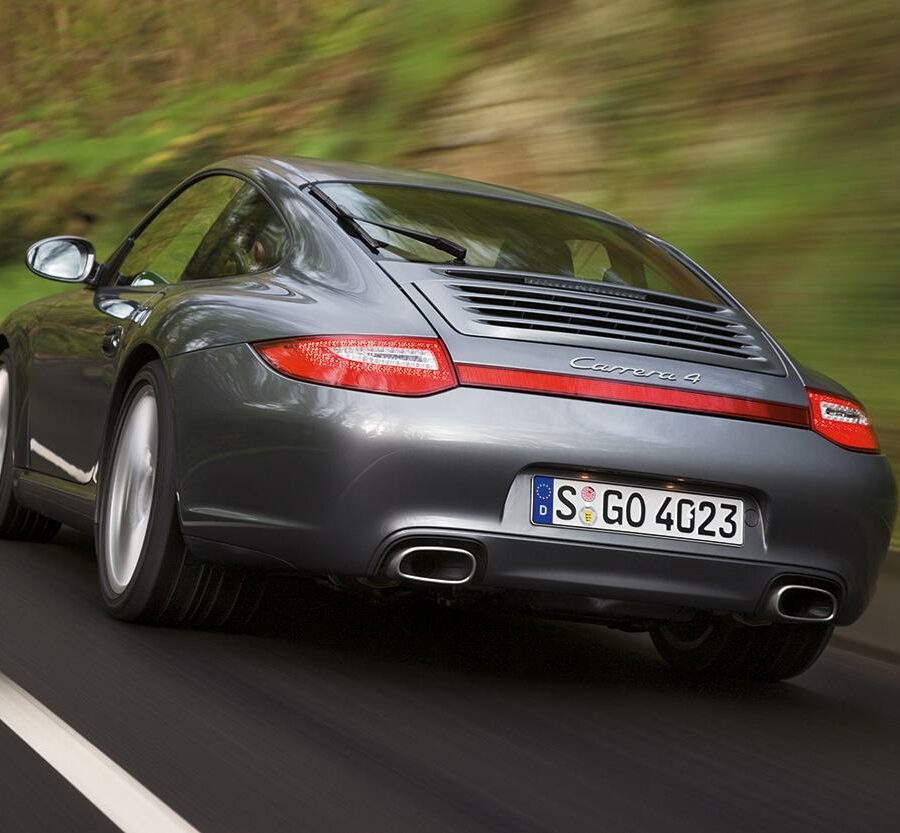
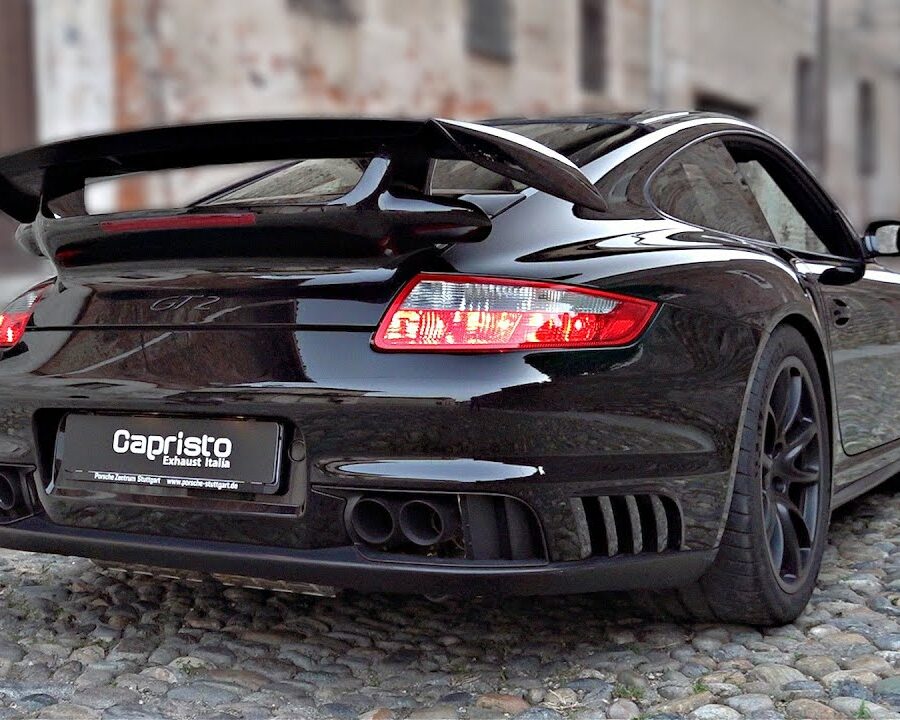
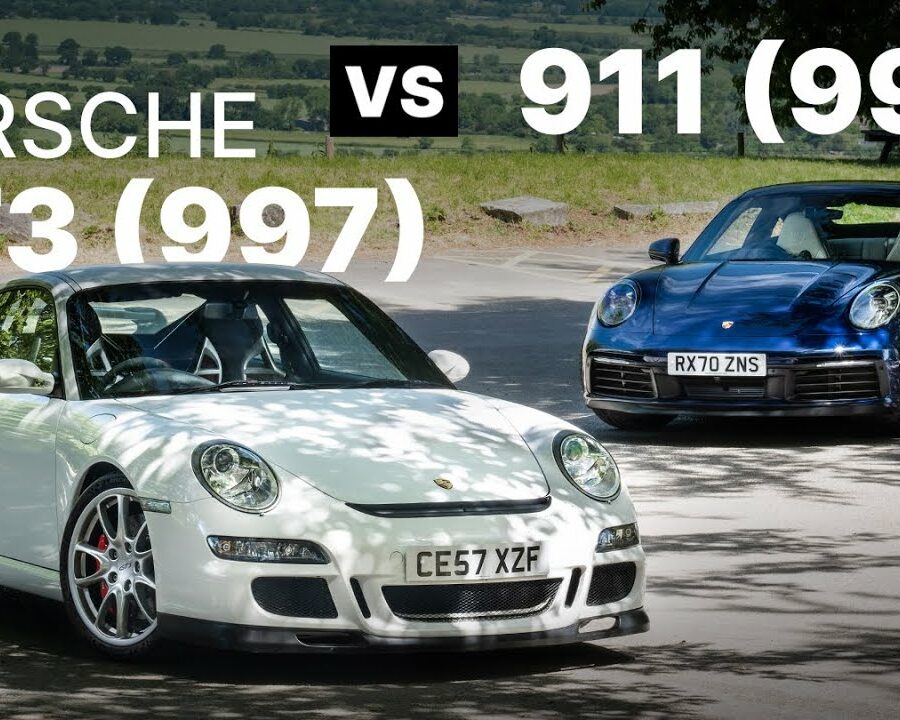
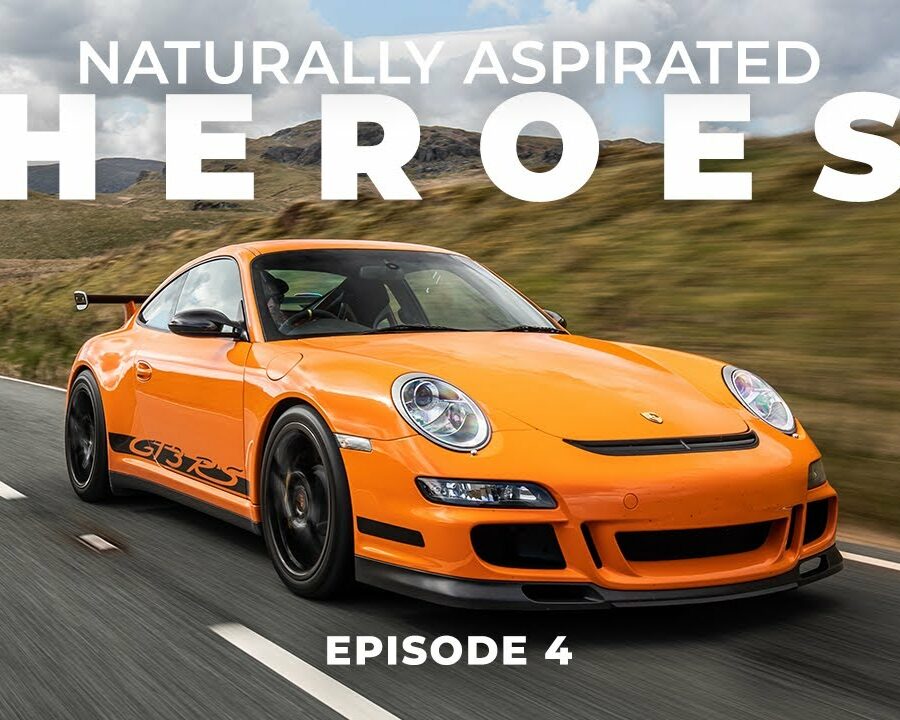
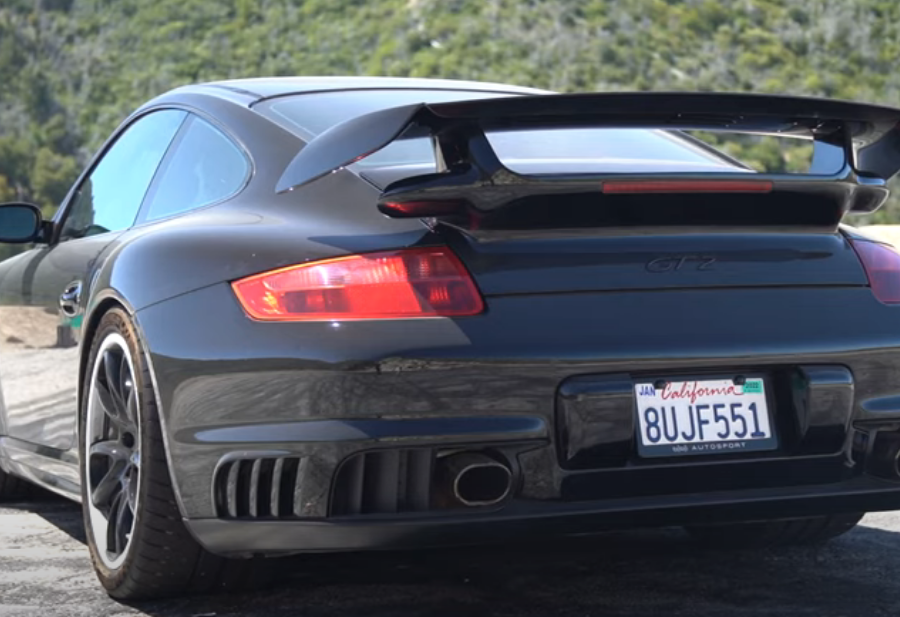


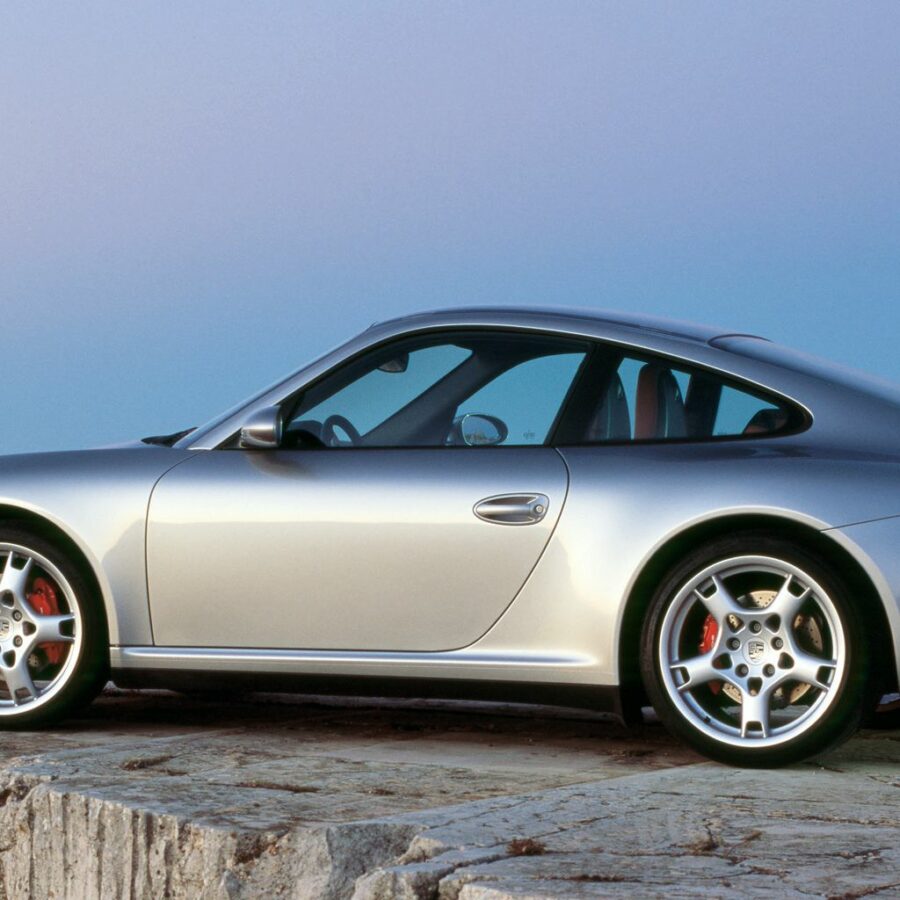
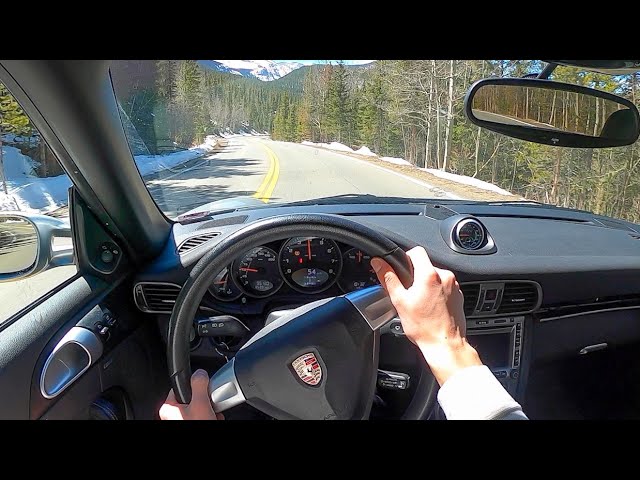
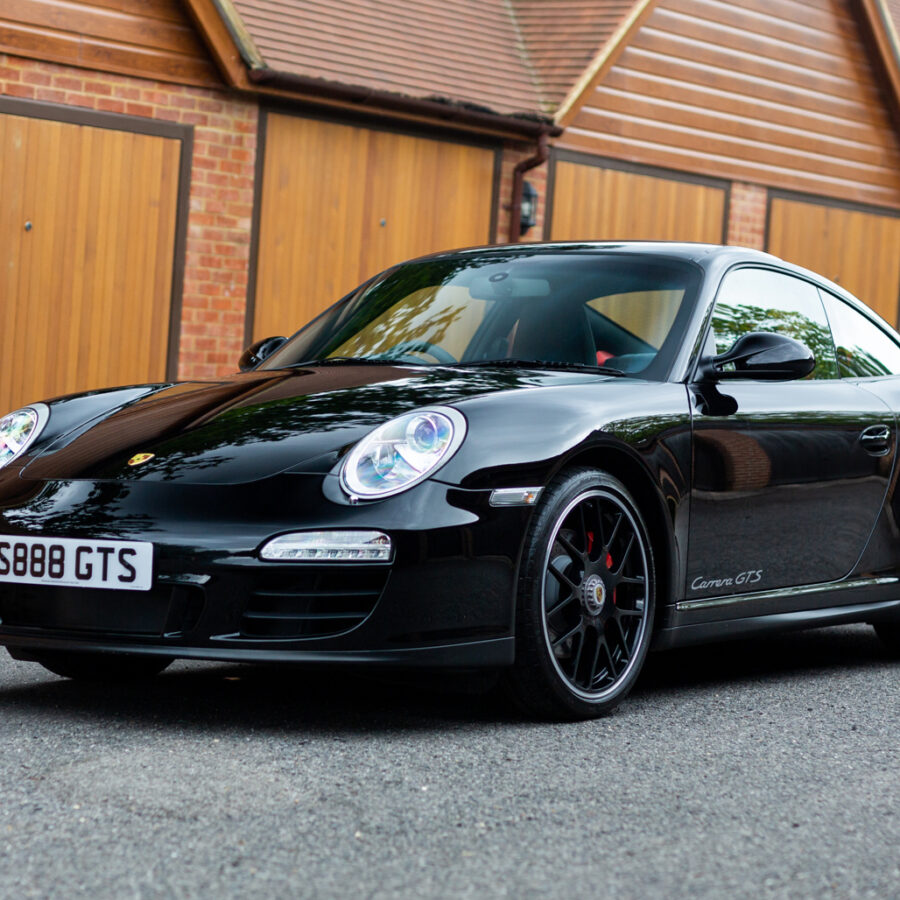
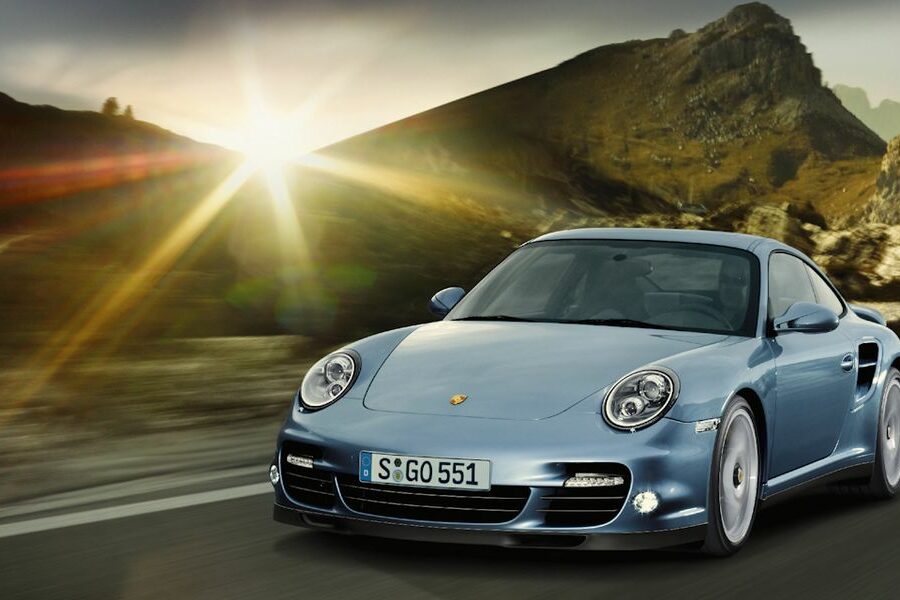
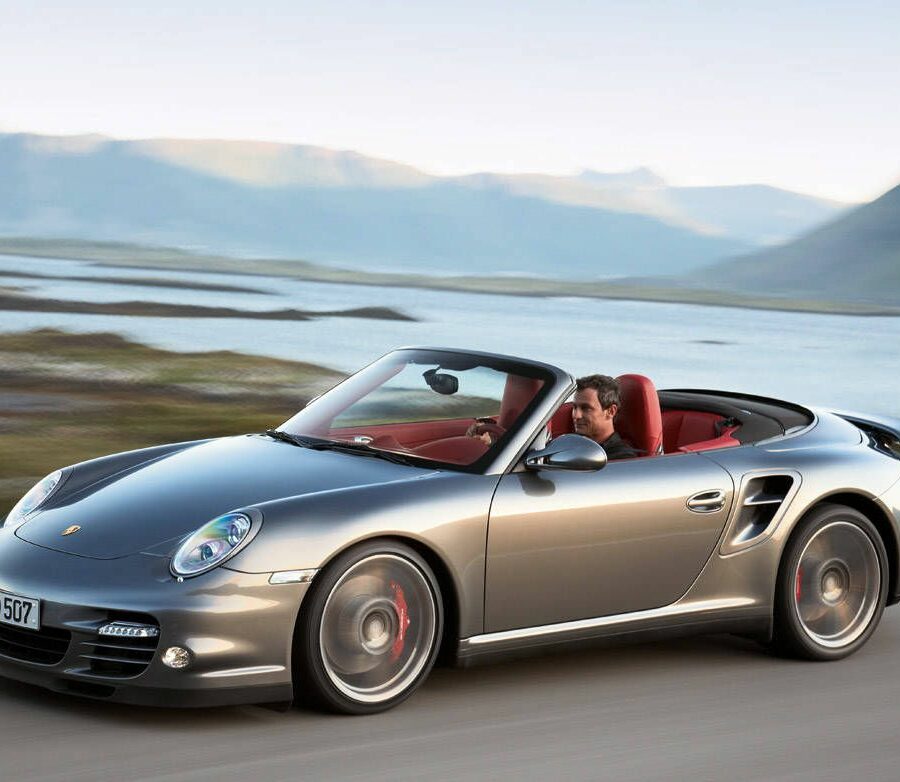
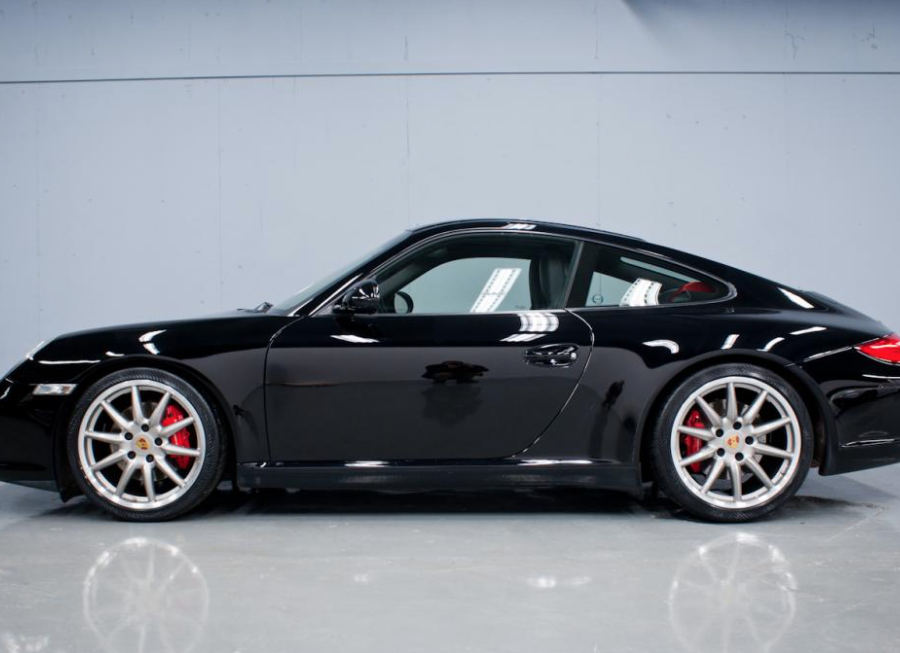
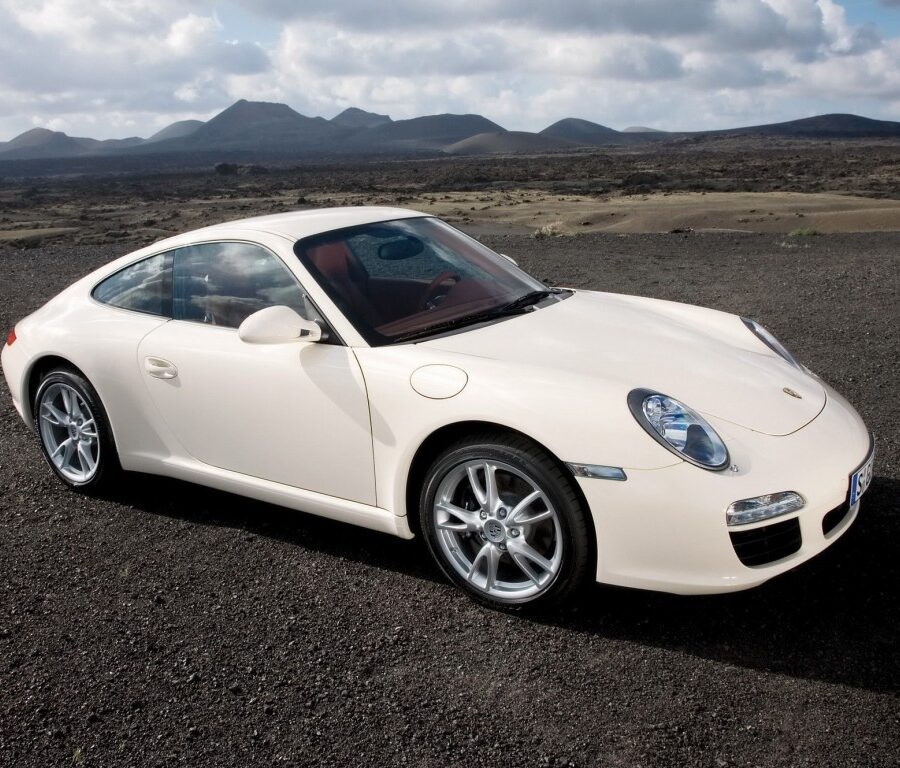
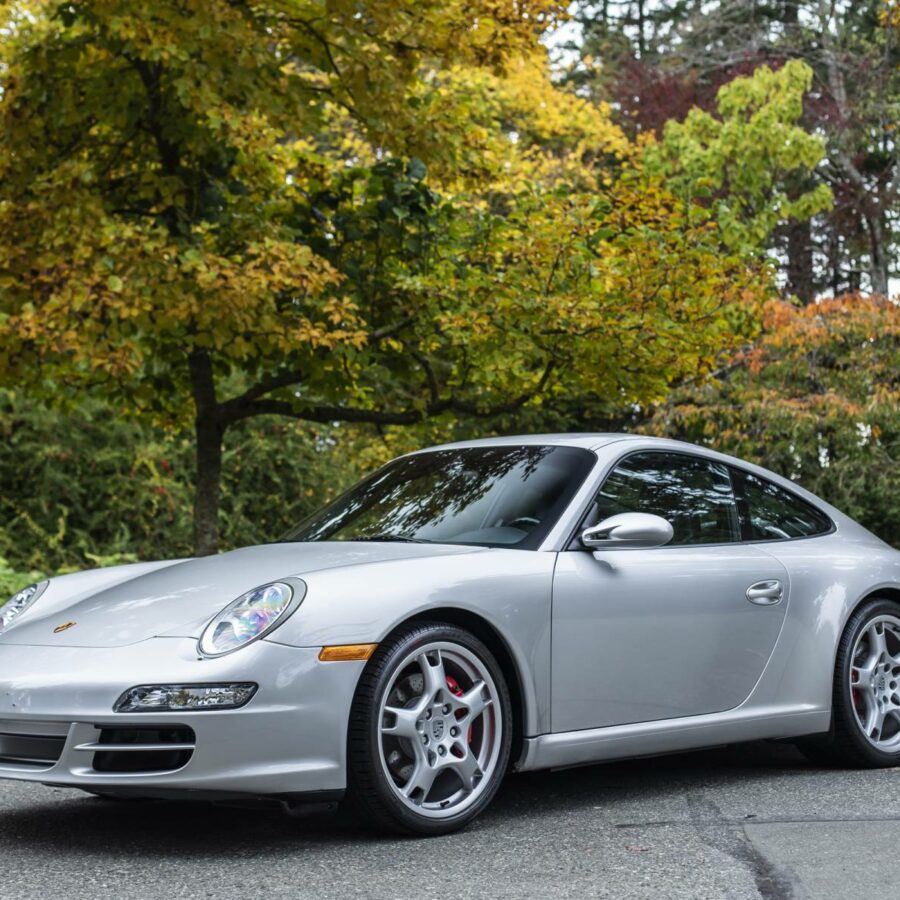
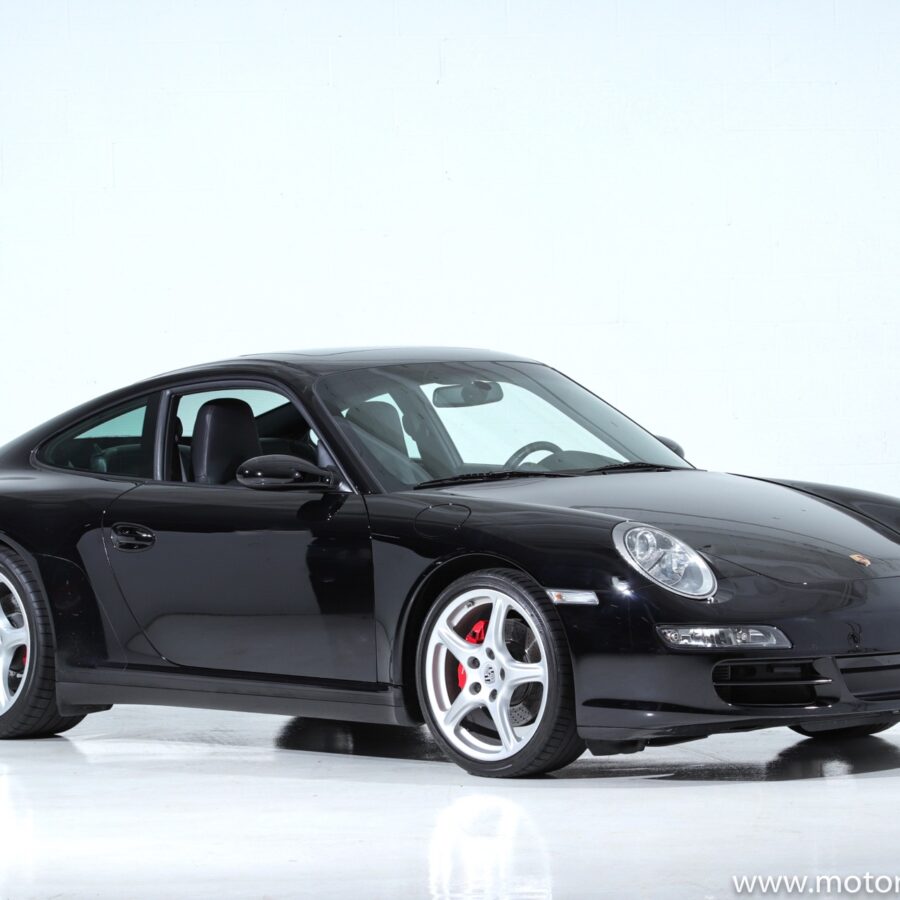
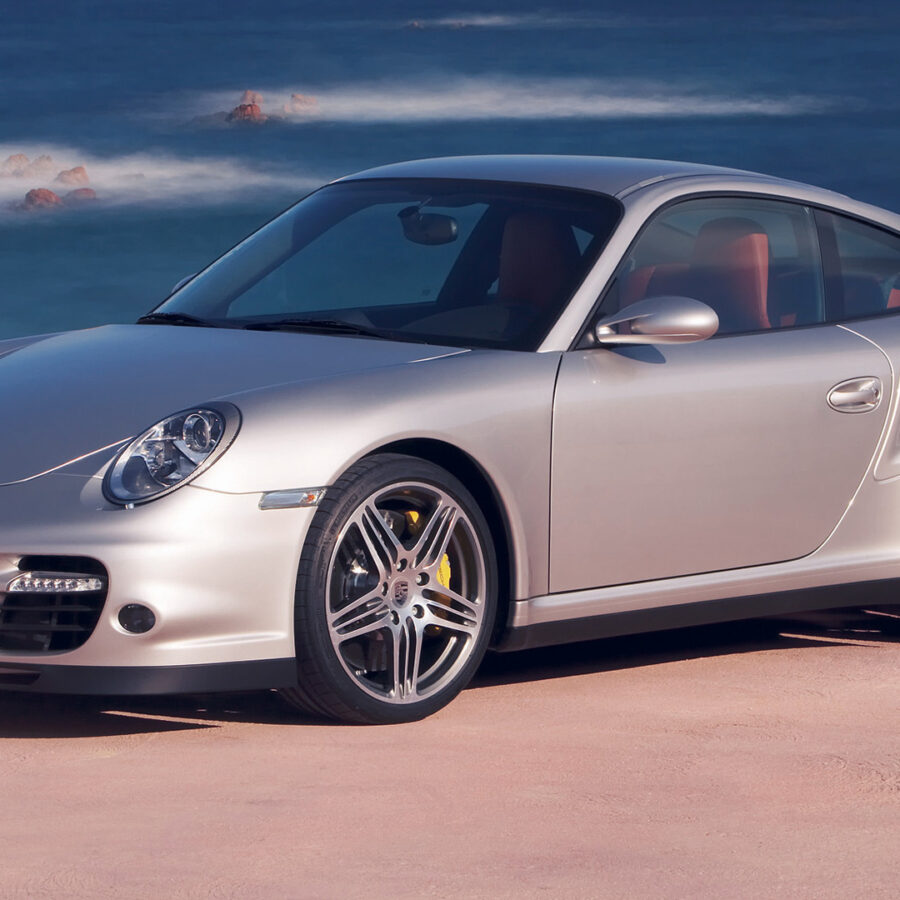



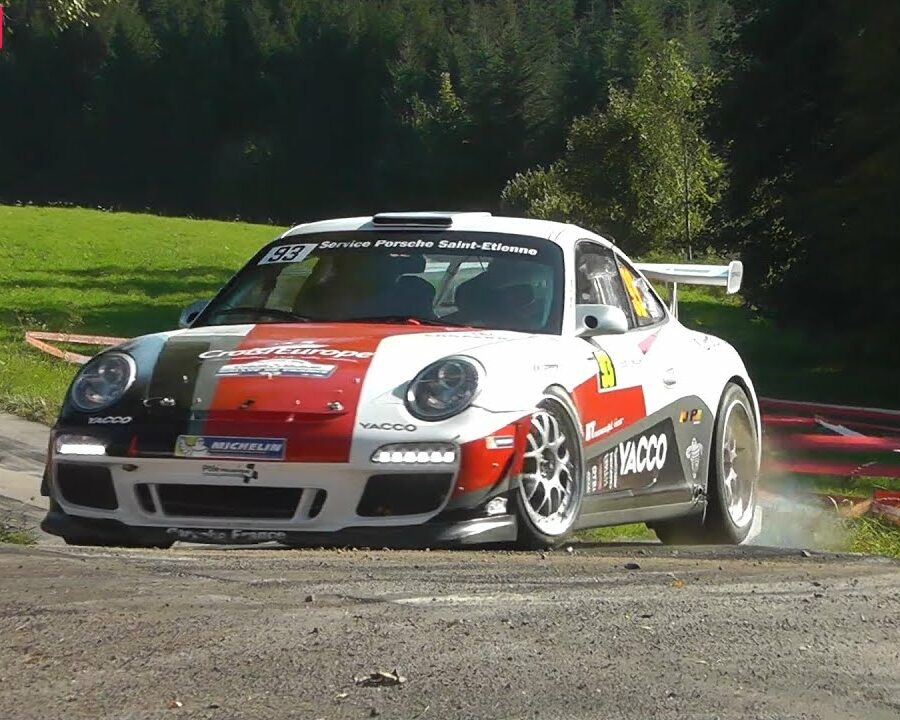
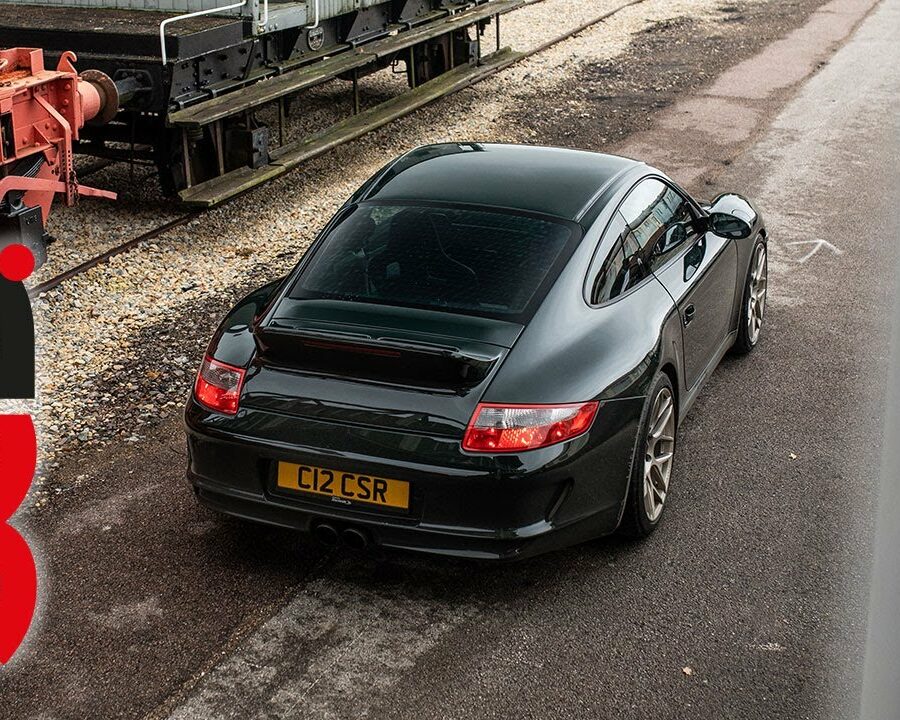
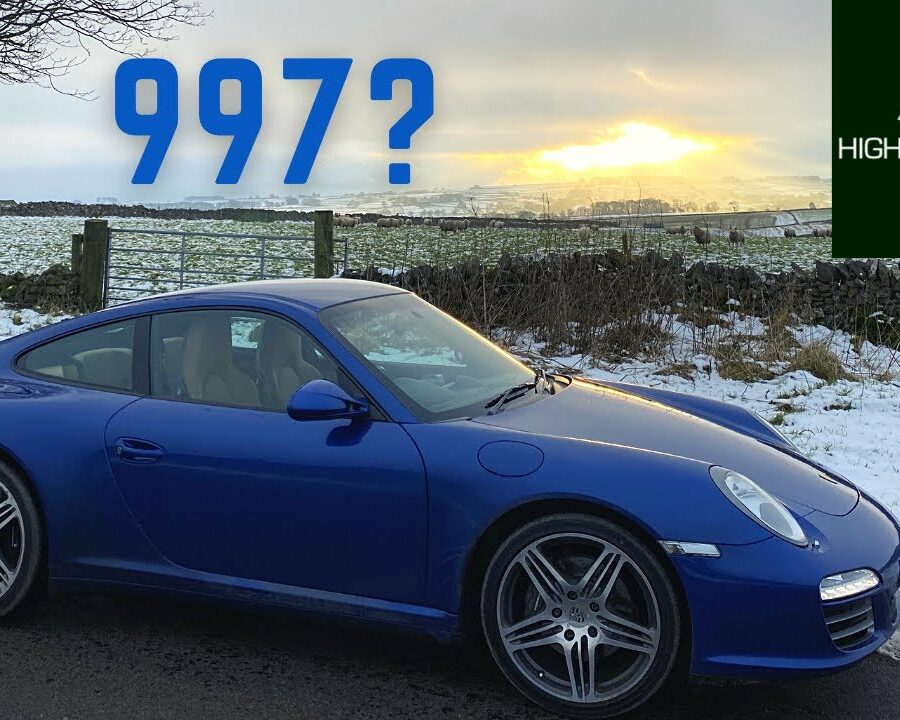


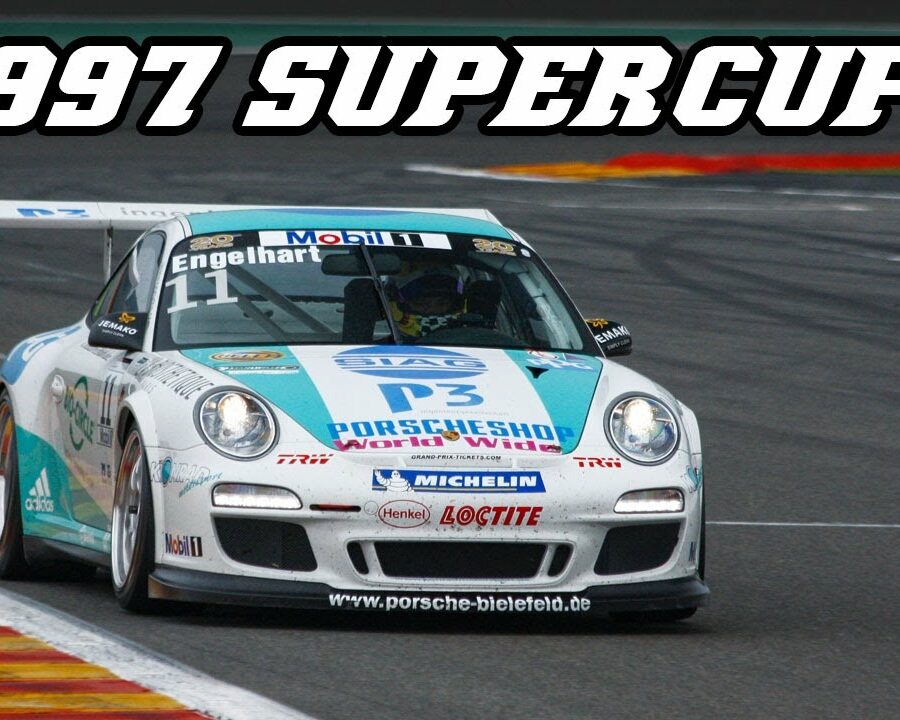

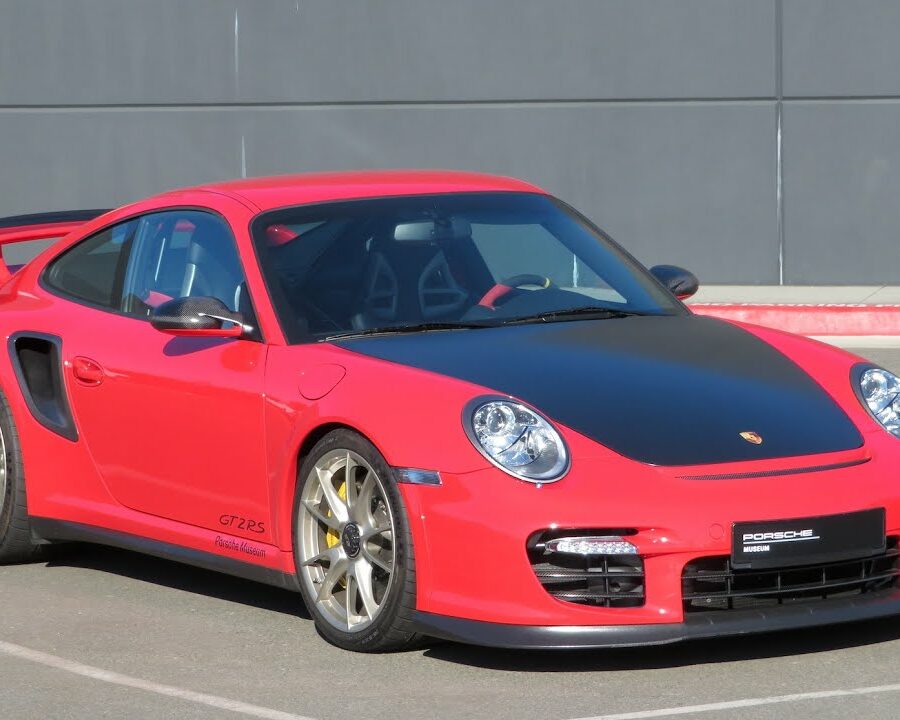
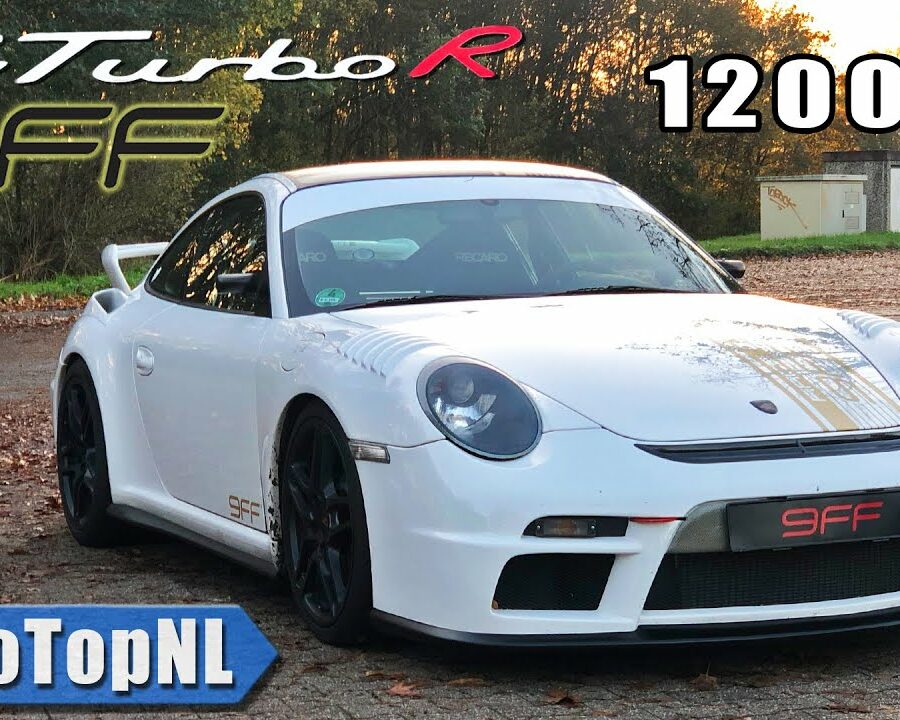
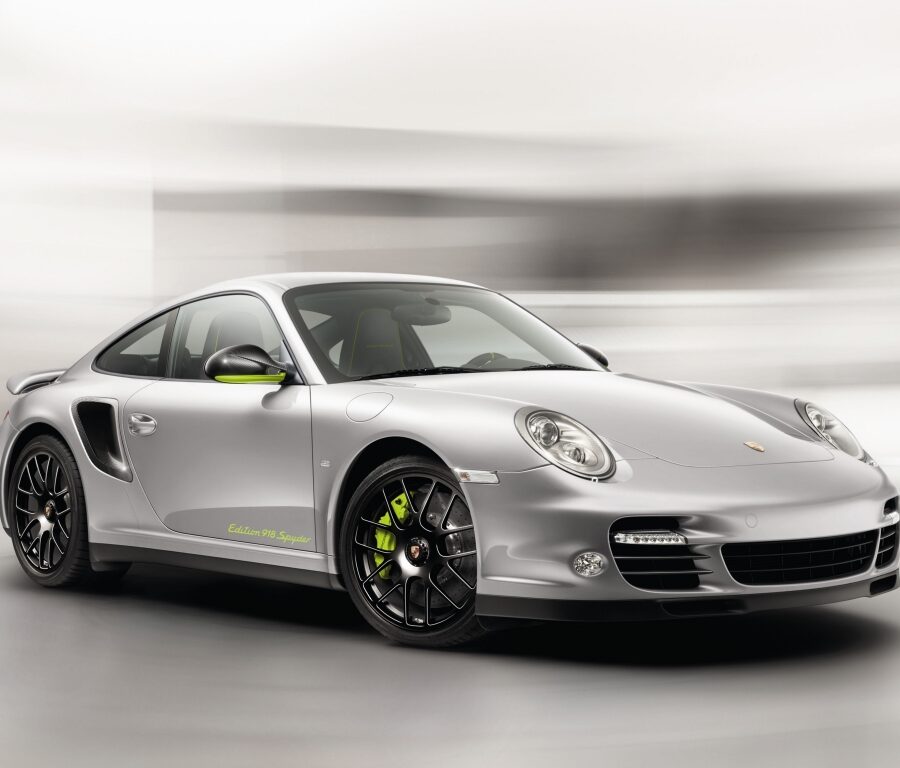
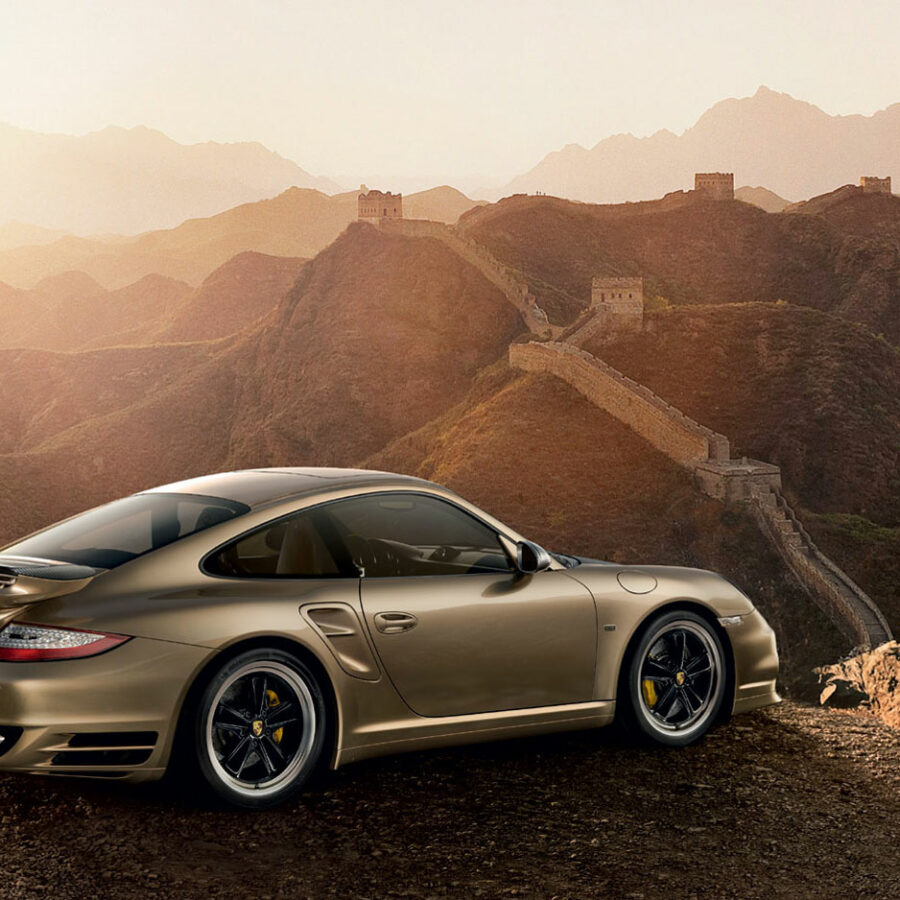


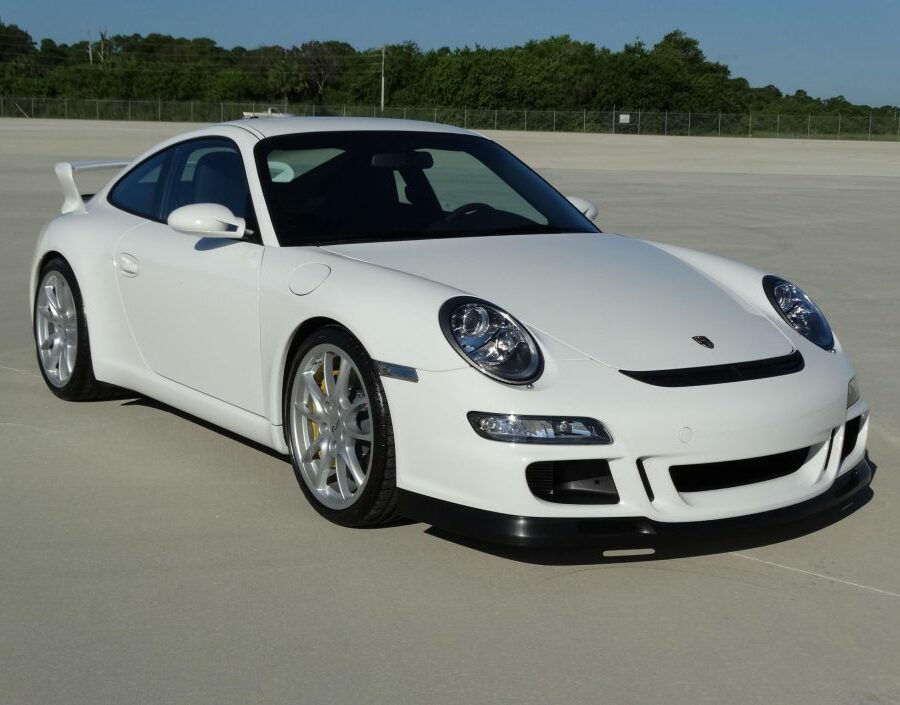
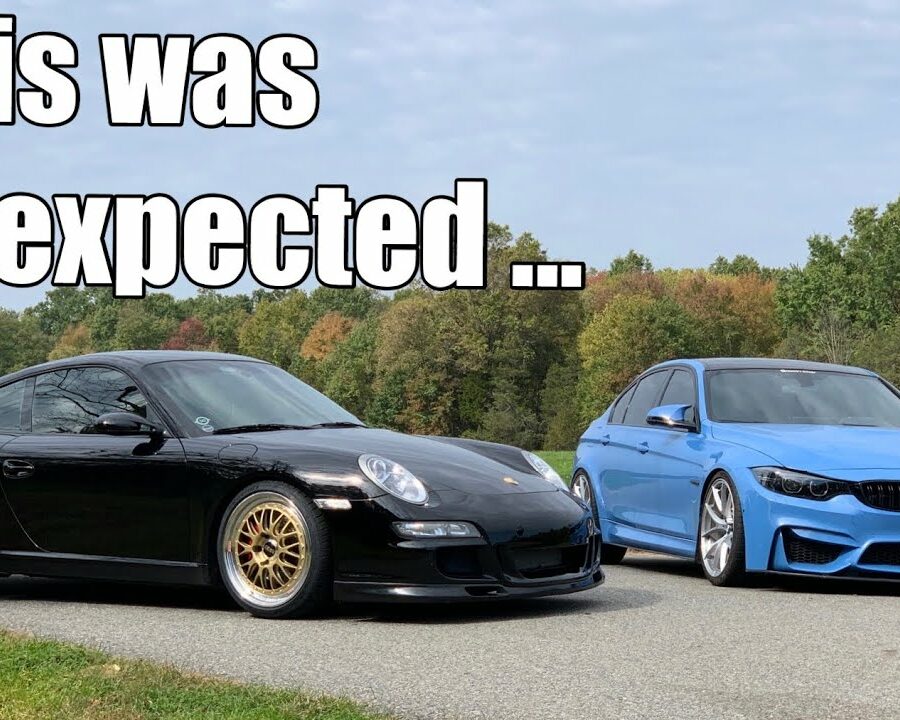
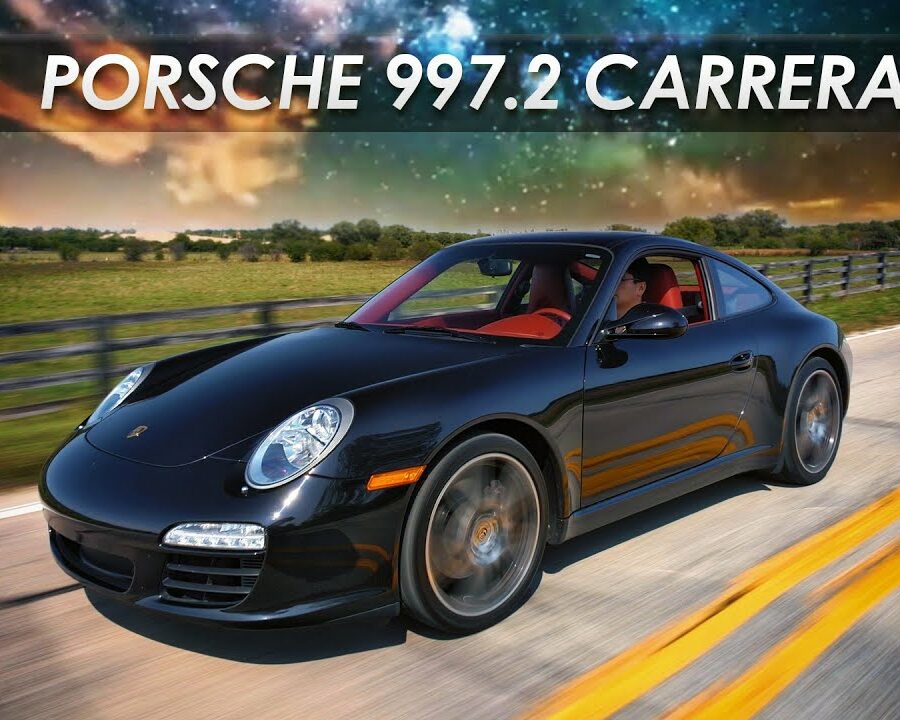

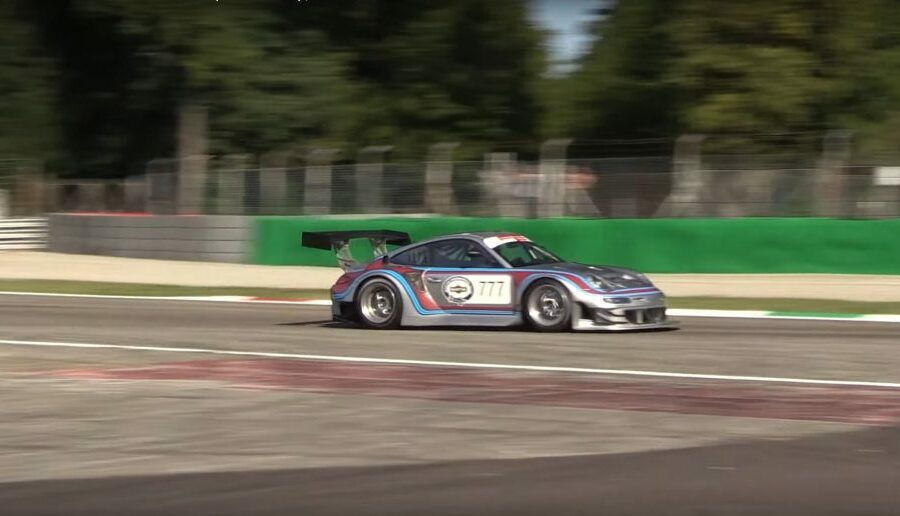
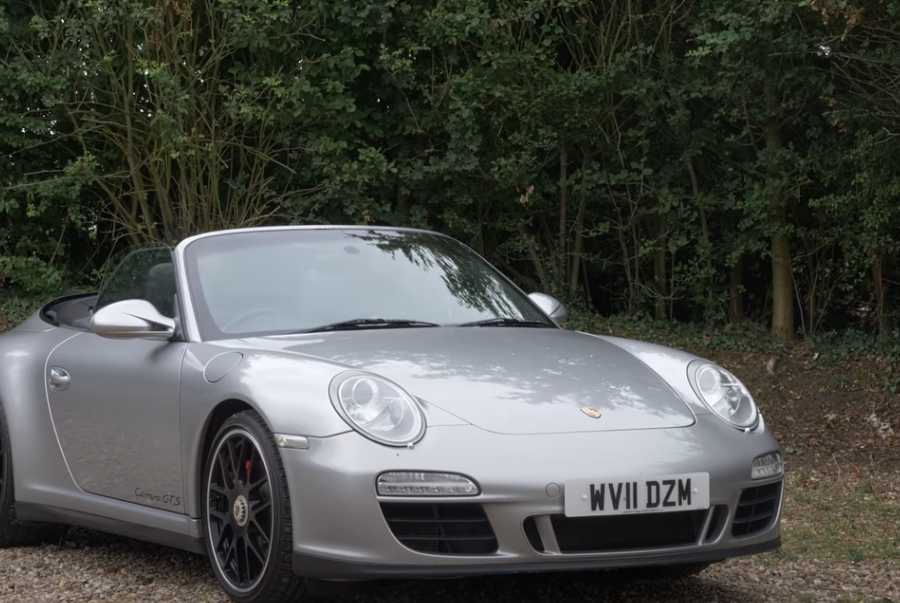

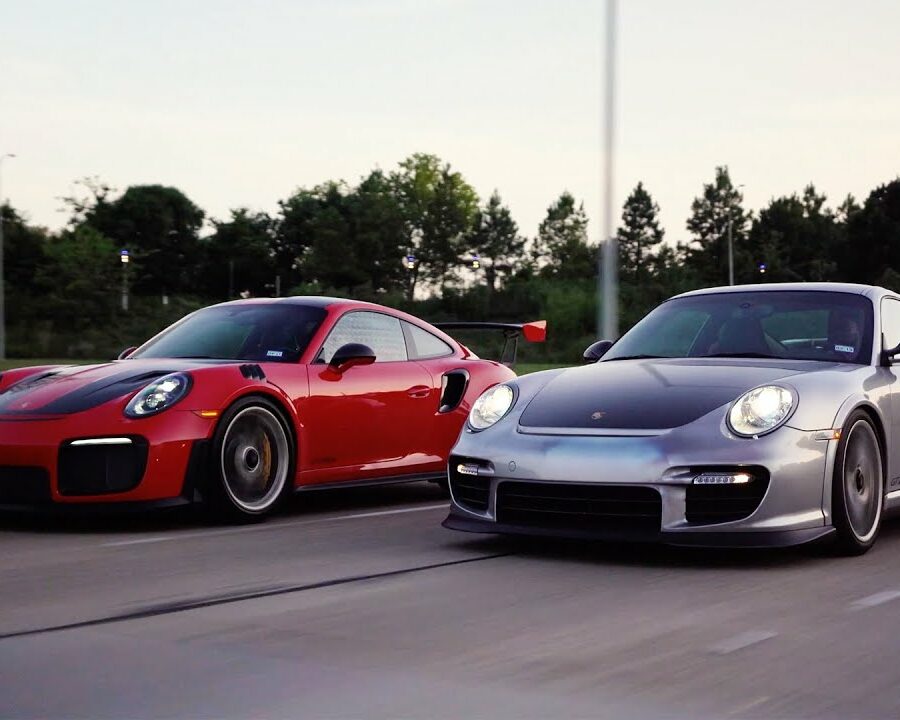
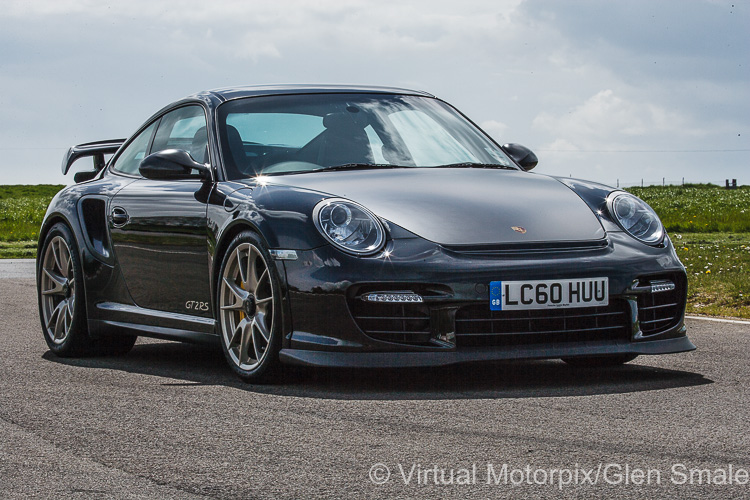
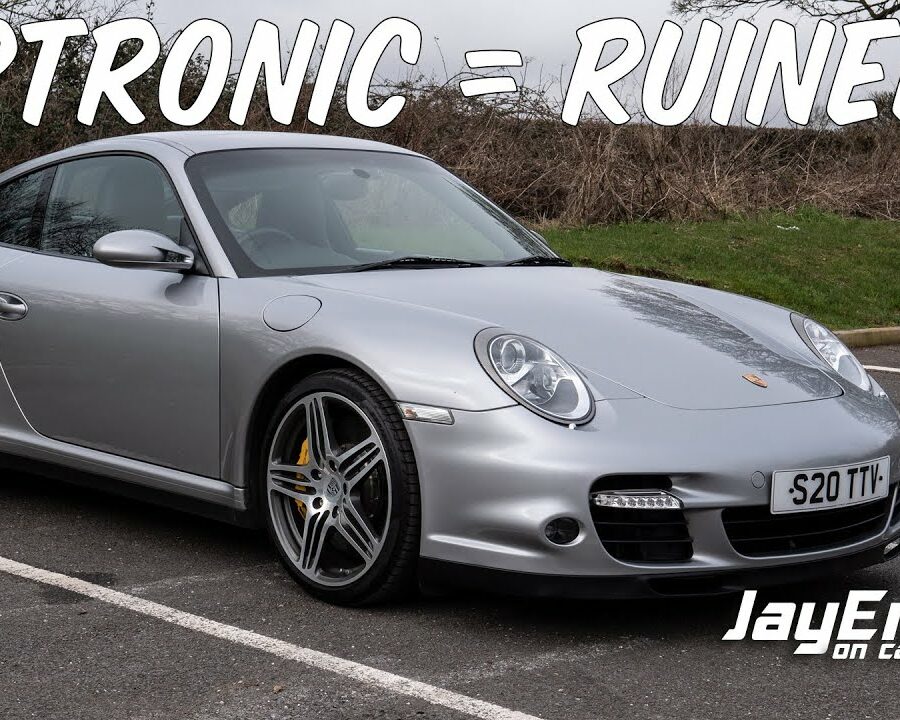
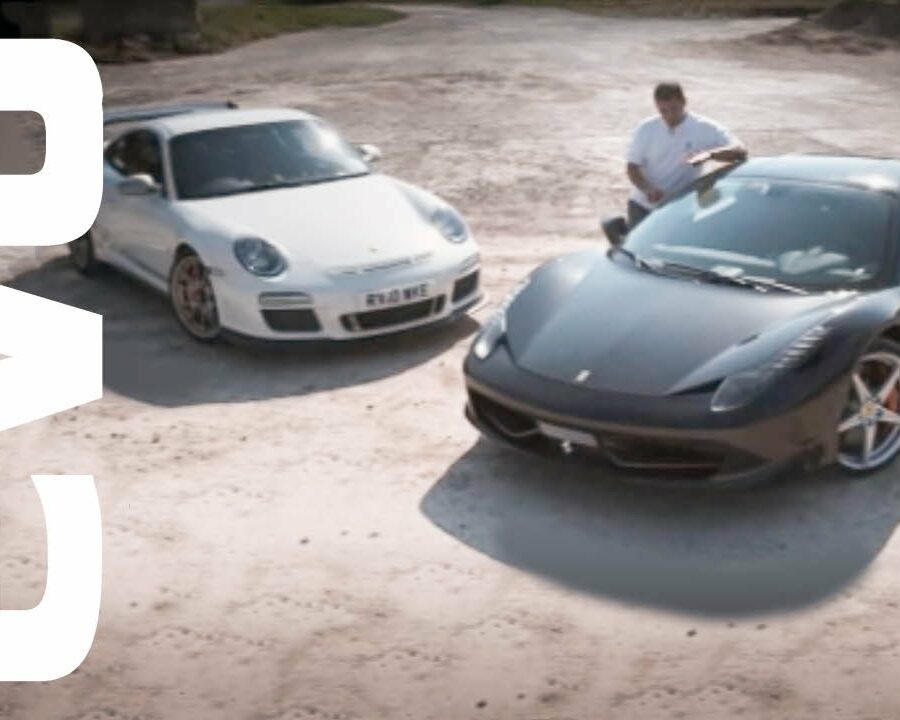
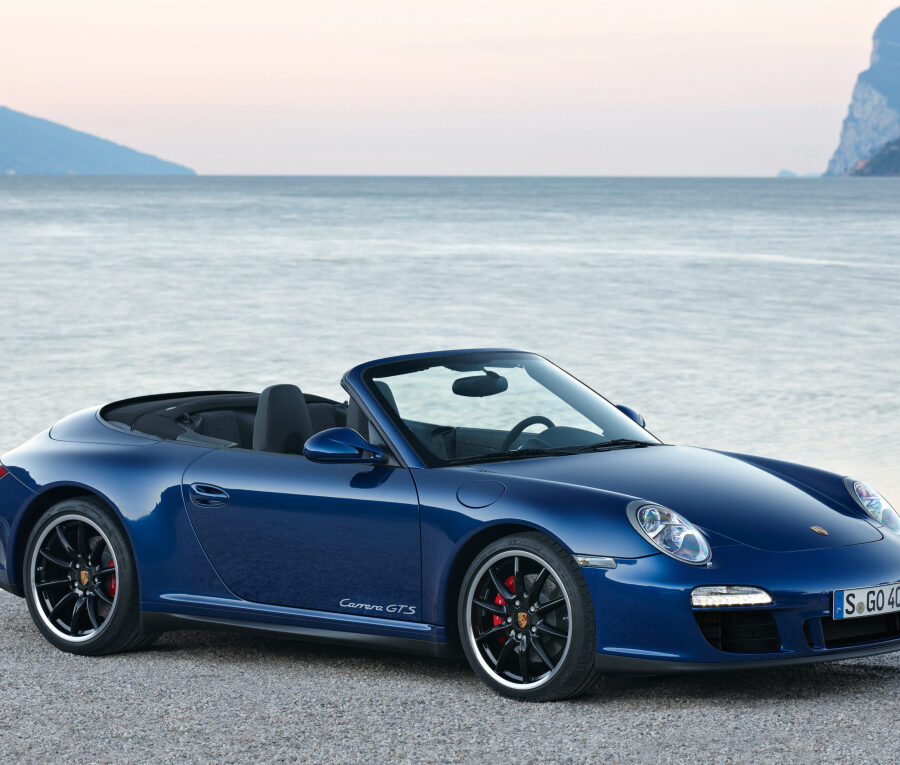
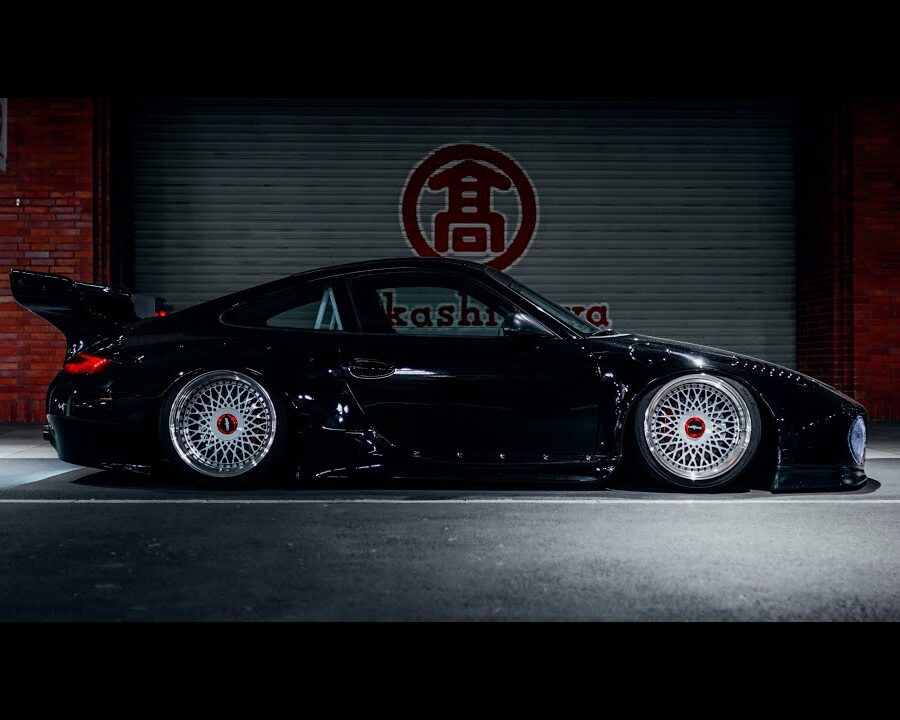
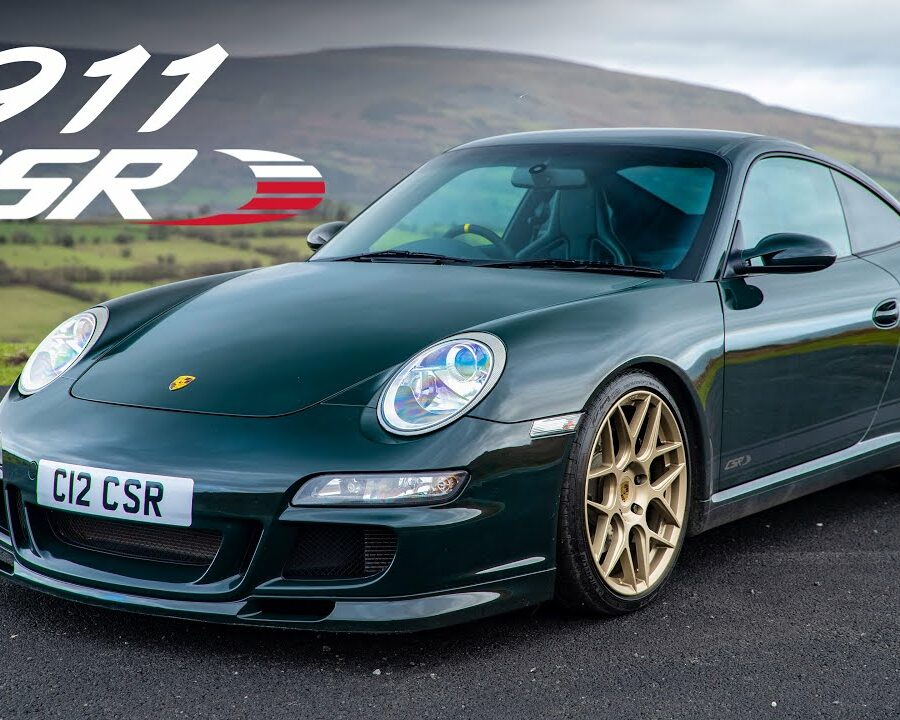

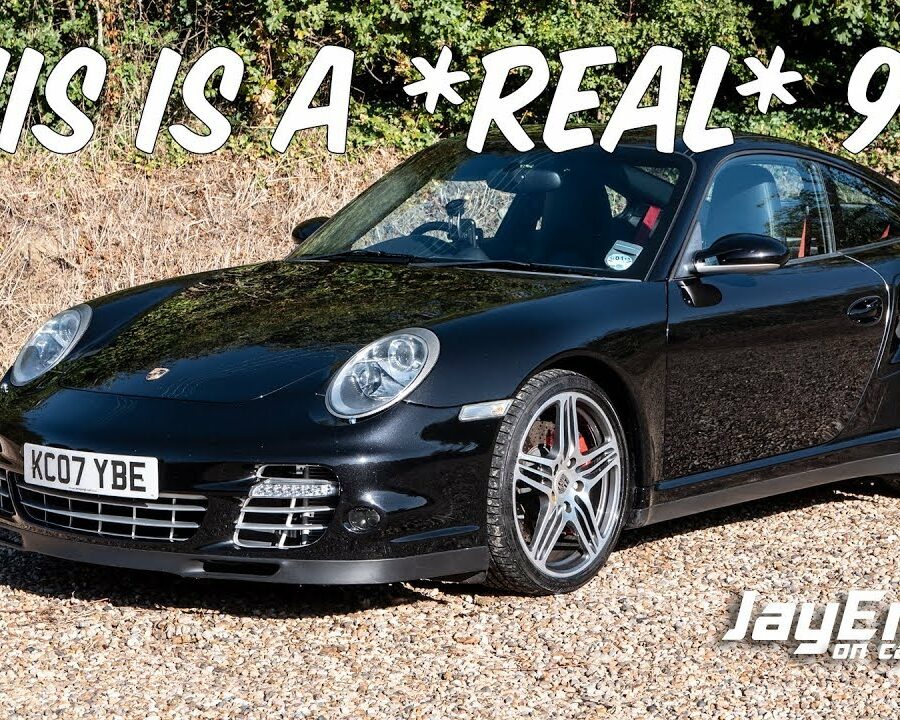


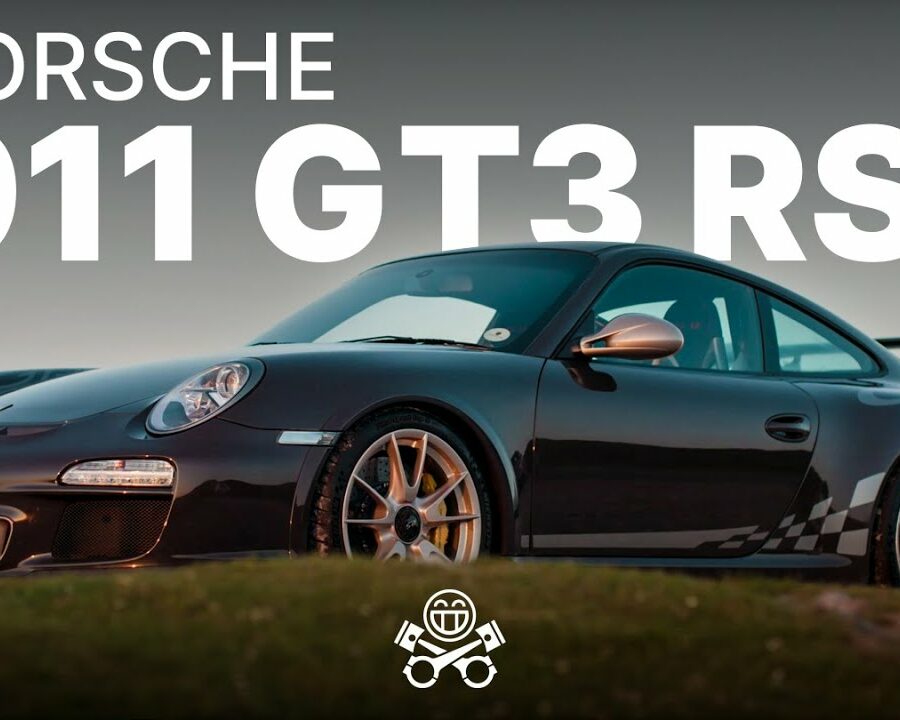
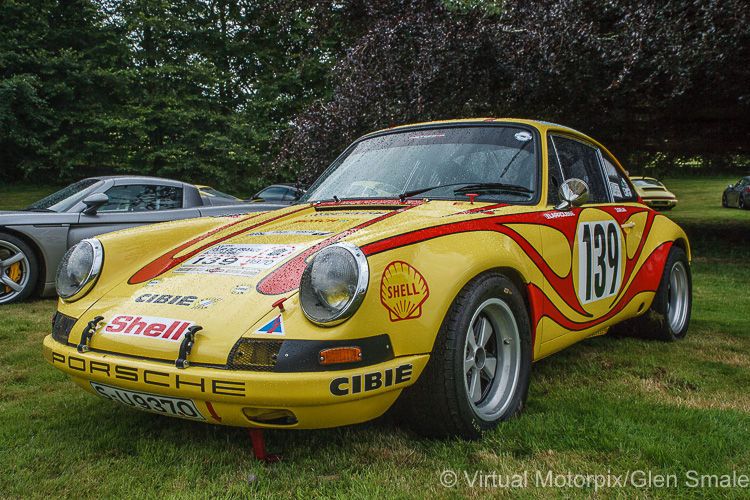
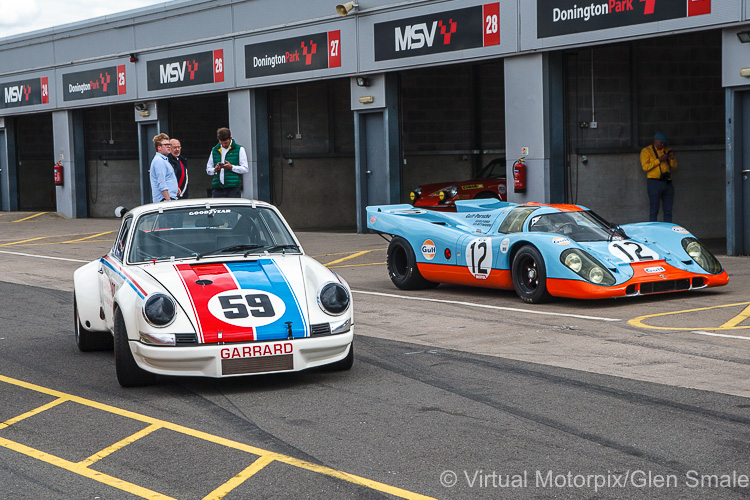
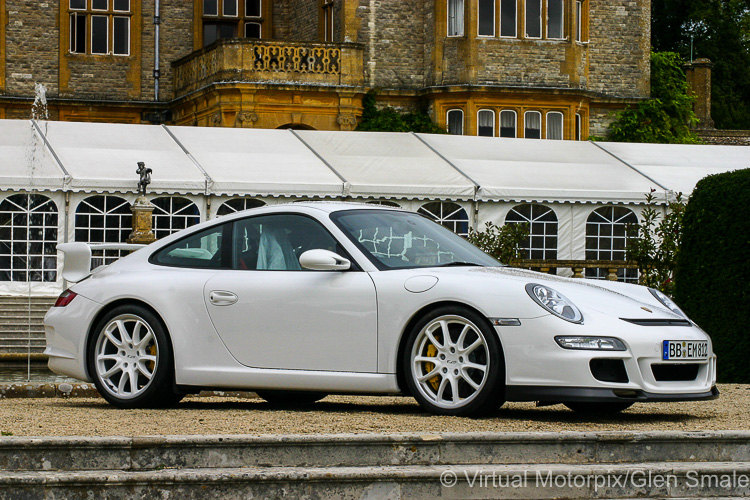
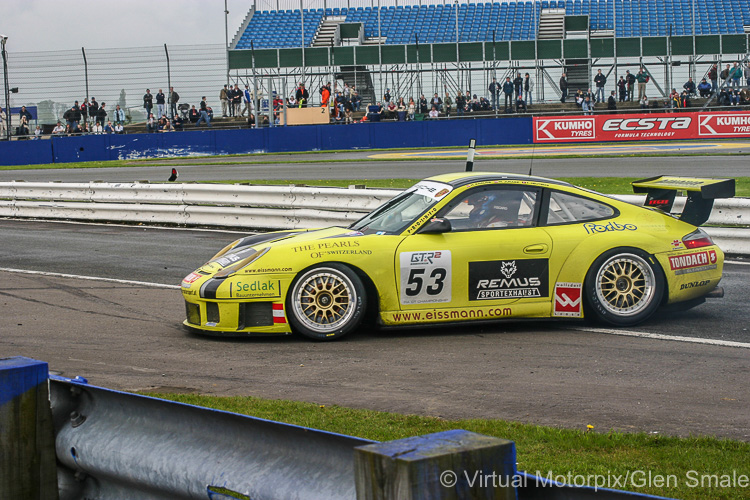
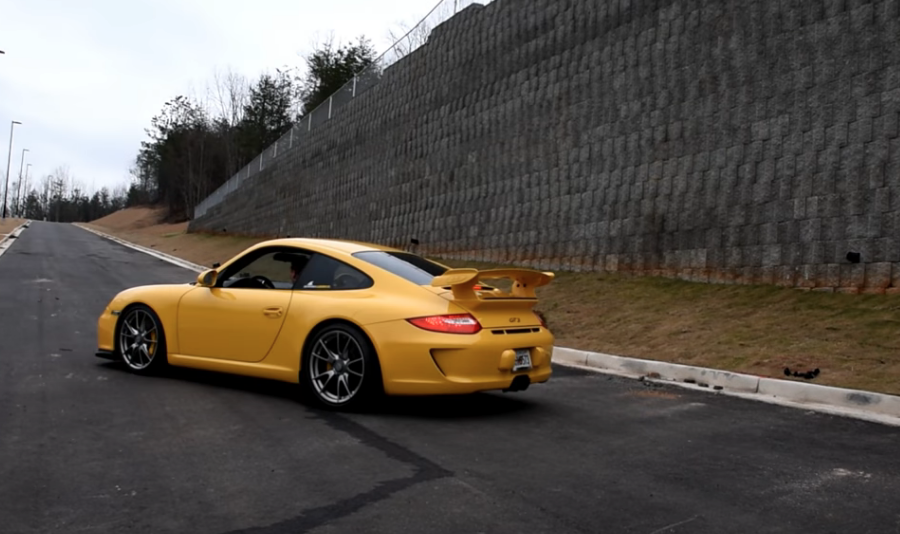
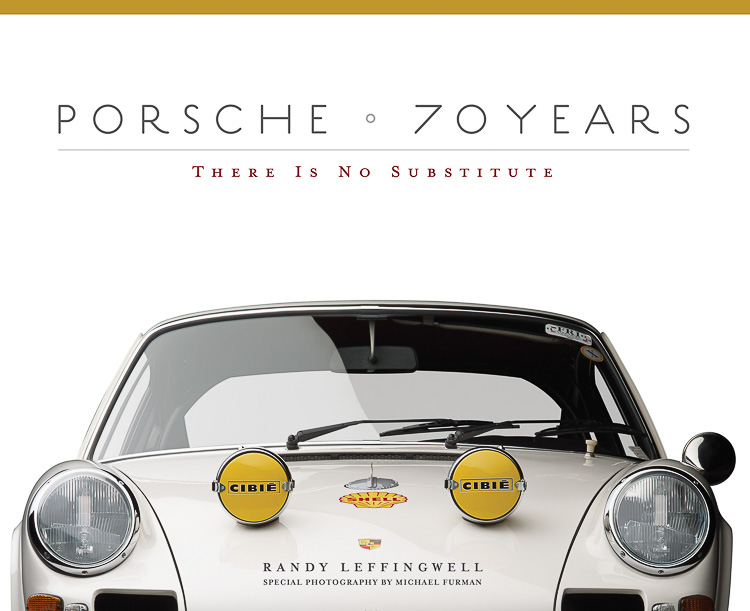
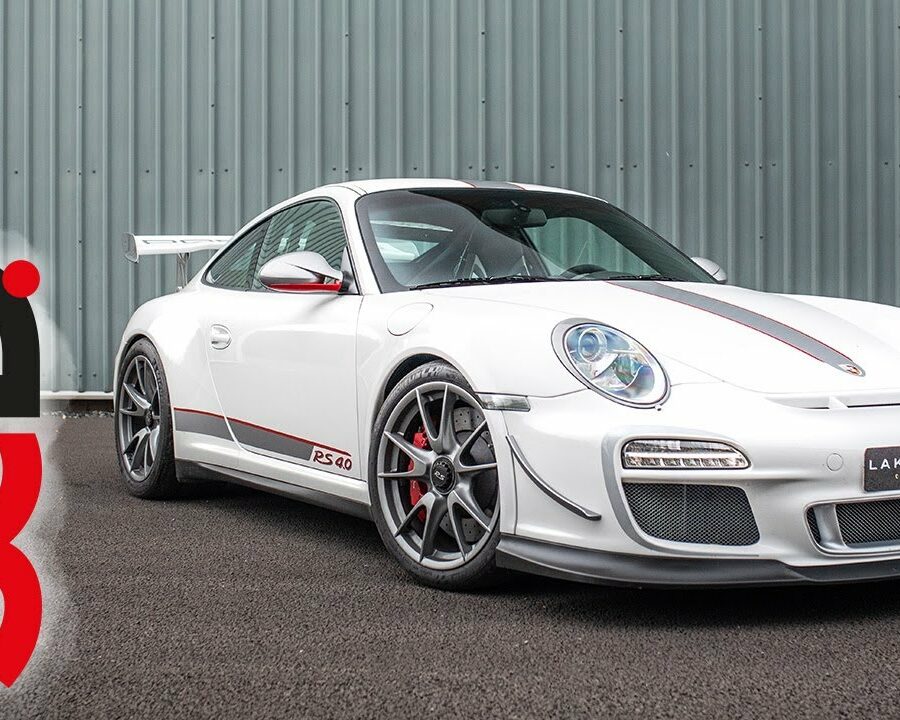
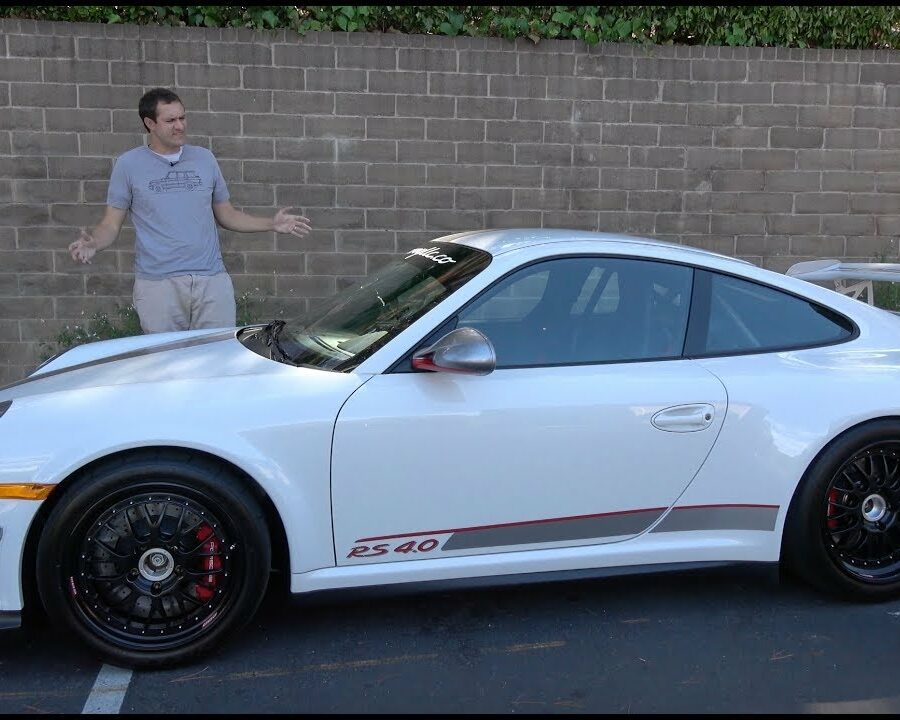
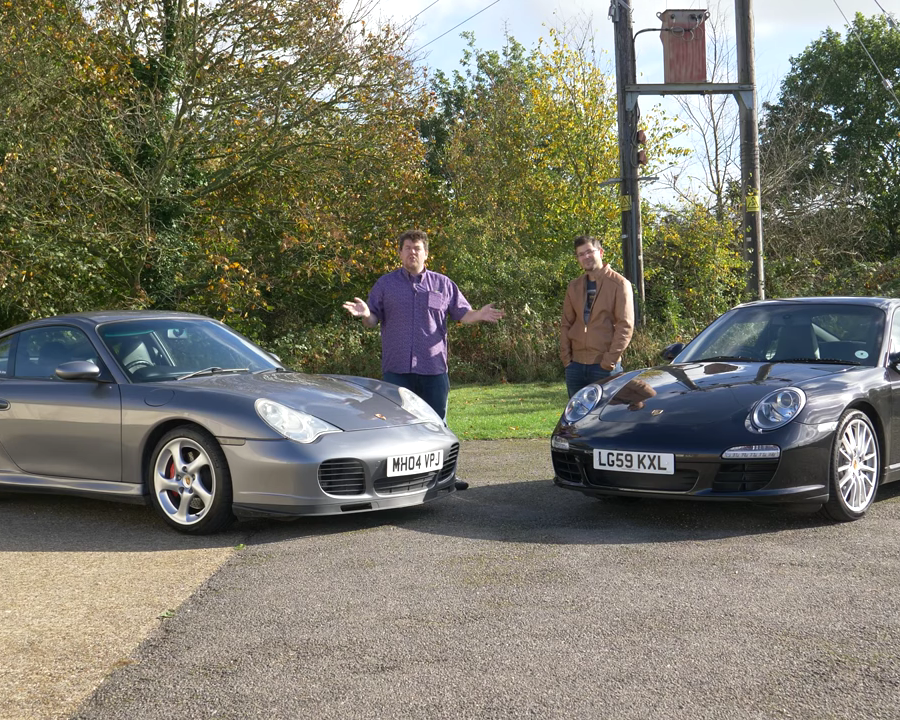

![Porsche 997 GT3 RS - ORGASMIC SOUND [CHASING PORSCHE 996 GT3] RAW POV](https://dev.stuttcars.com/wp-content/uploads/2018/06/Porsche-997-GT3-RS-ORGASMIC-SOUND-CHASING-PORSCHE-996-GT3-RAW-POV--900x720.jpeg)
